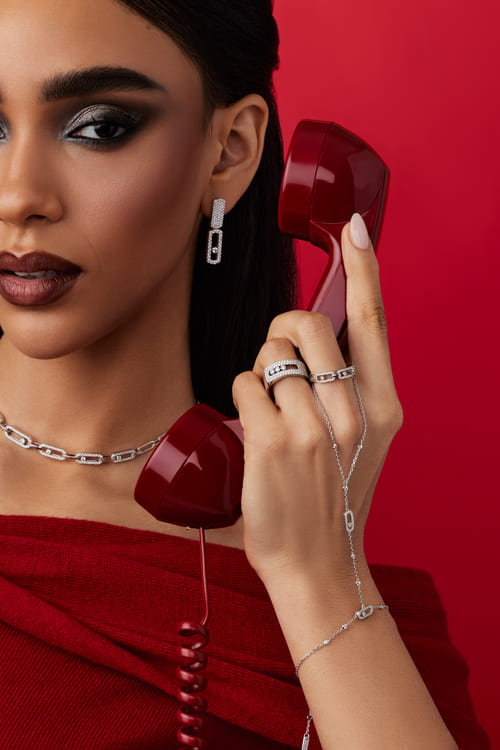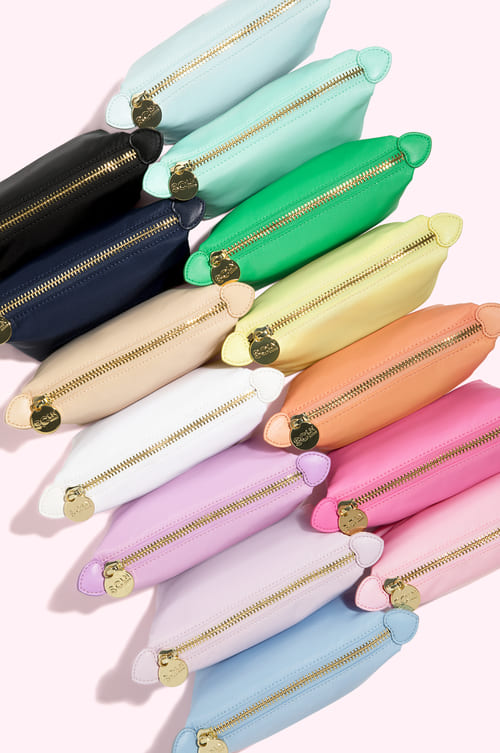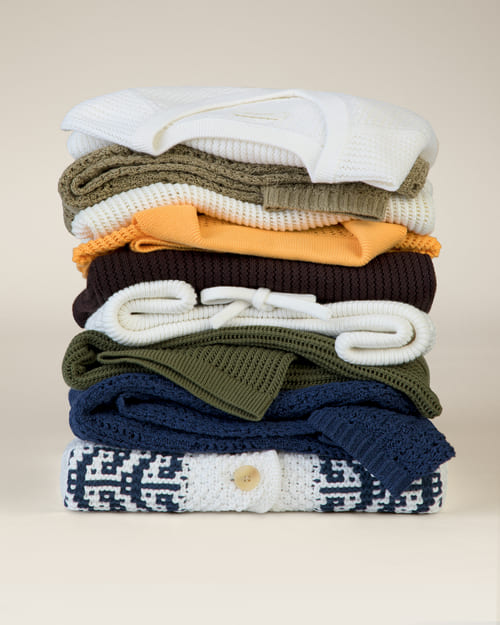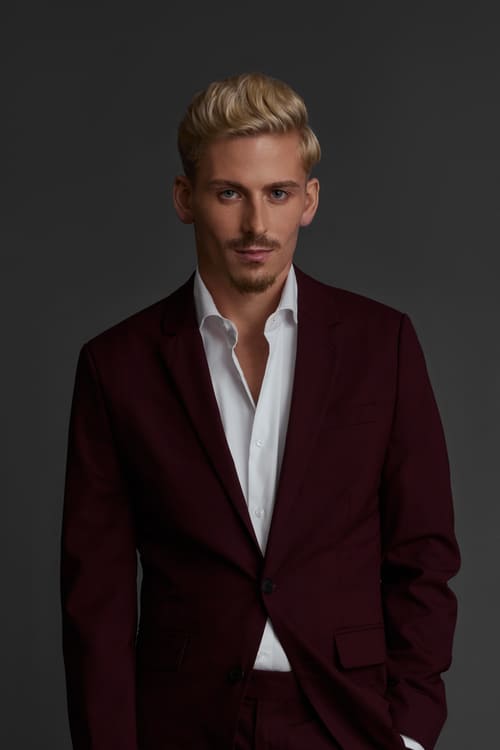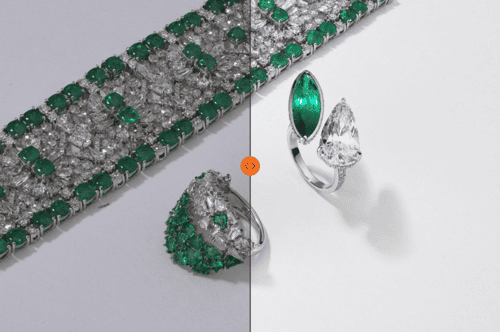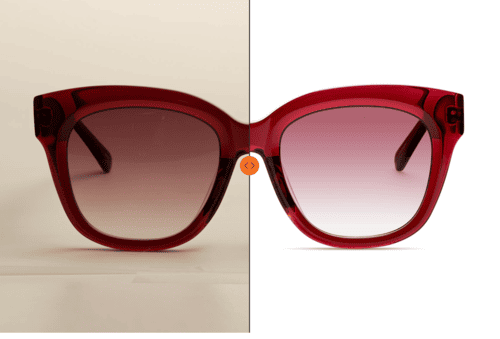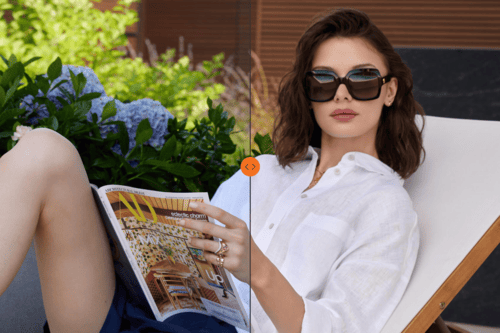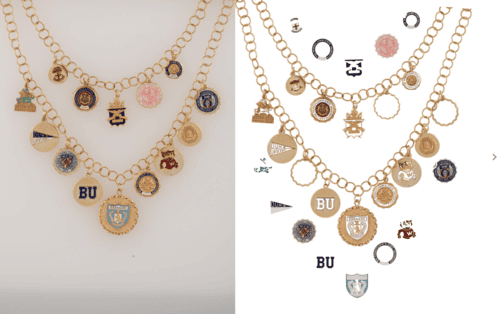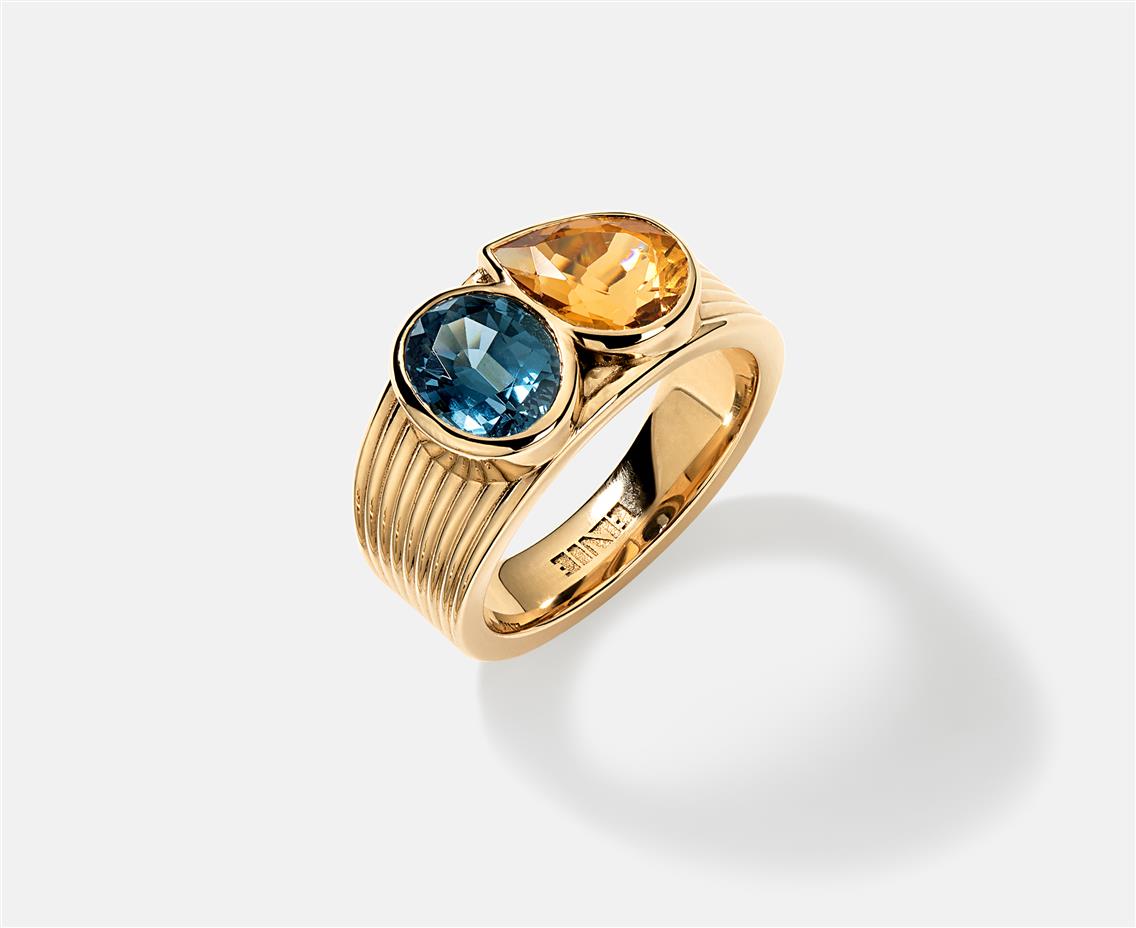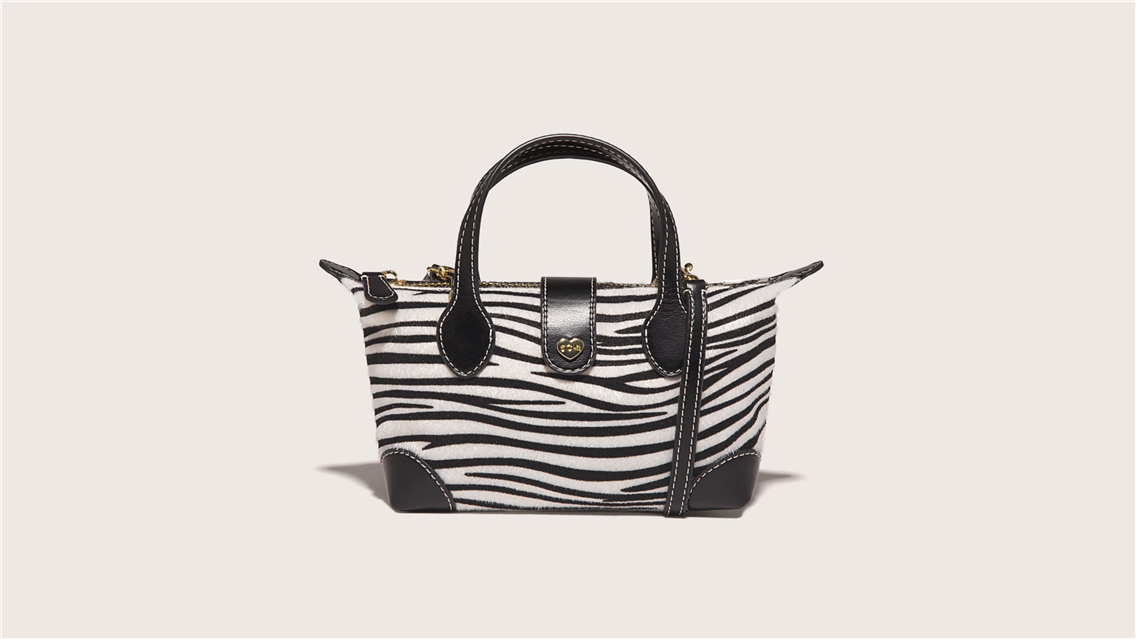Handbag Product Photography for E-commerce Stores, Marketplaces, and Social Media
Stand out or get scrolled past. That's the reality for bag brands selling online today.
When customers can't touch the leather, test the zipper, or see how a bag hangs off their shoulder, your images must do all the heavy lifting.
This guide cuts through the noise with proven strategies for capturing bags that convert. We'll cover the must-have shots for your product pages, how to nail marketplace requirements without getting delisted, and the social content that builds genuine brand loyalty.
Drawing from hundreds of bag shoots for brands ranging from startups to luxury labels, we've distilled what works across e-commerce, marketplaces, and social, where the rules are completely different.
Ready to transform your bag photography from basic product shots to a sales-driving asset? Let's dive in.
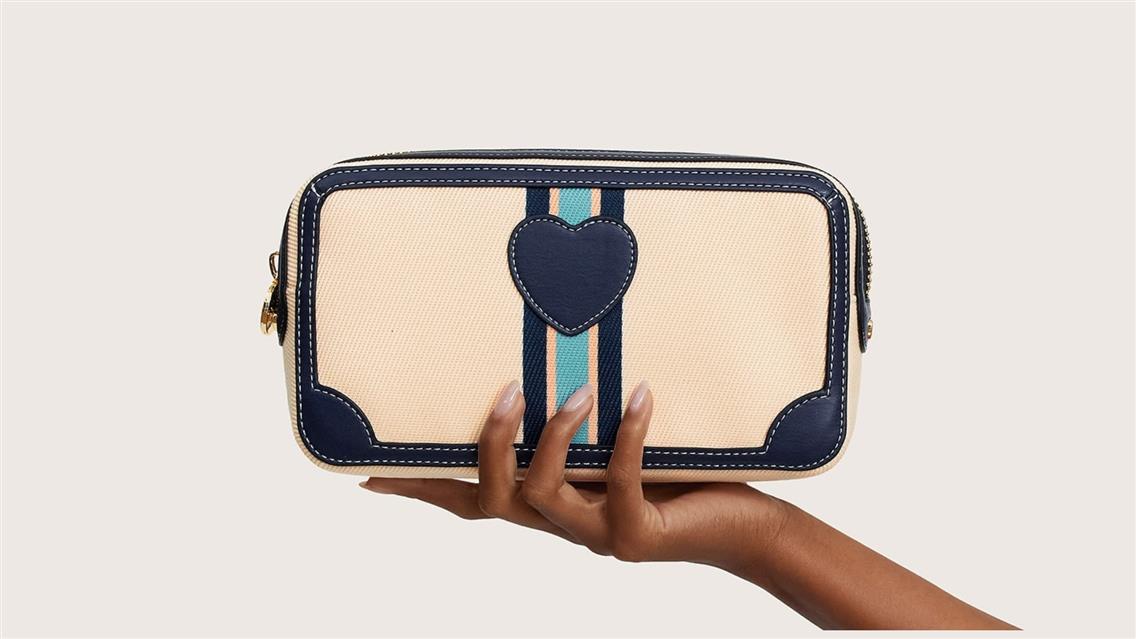
Essential Product Shots Every eCommerce Bag Store Needs
Your product photography arsenal needs specific types of shots to effectively showcase bags online. Each serves a distinct purpose in the customer's decision journey:
Main Hero Shot: The front-facing, professionally lit image that grabs attention and establishes first impressions. Position your bag straight-on against a clean, seamless background with even lighting that accurately illuminates color and texture. Hermès presents its iconic Birkin with crisp, shadowless lighting that highlights the structured silhouette and grained leather without distractions. | 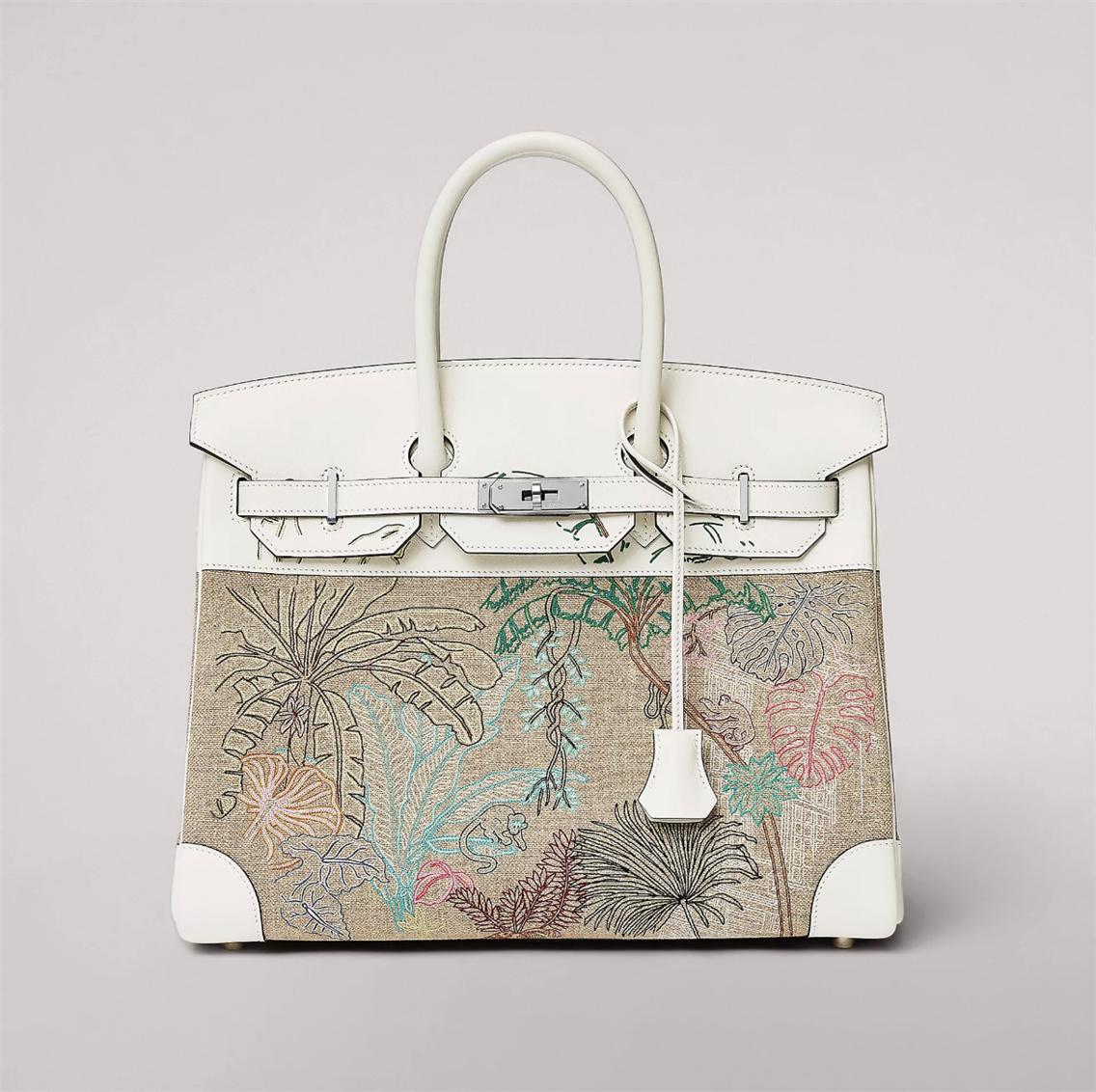 |
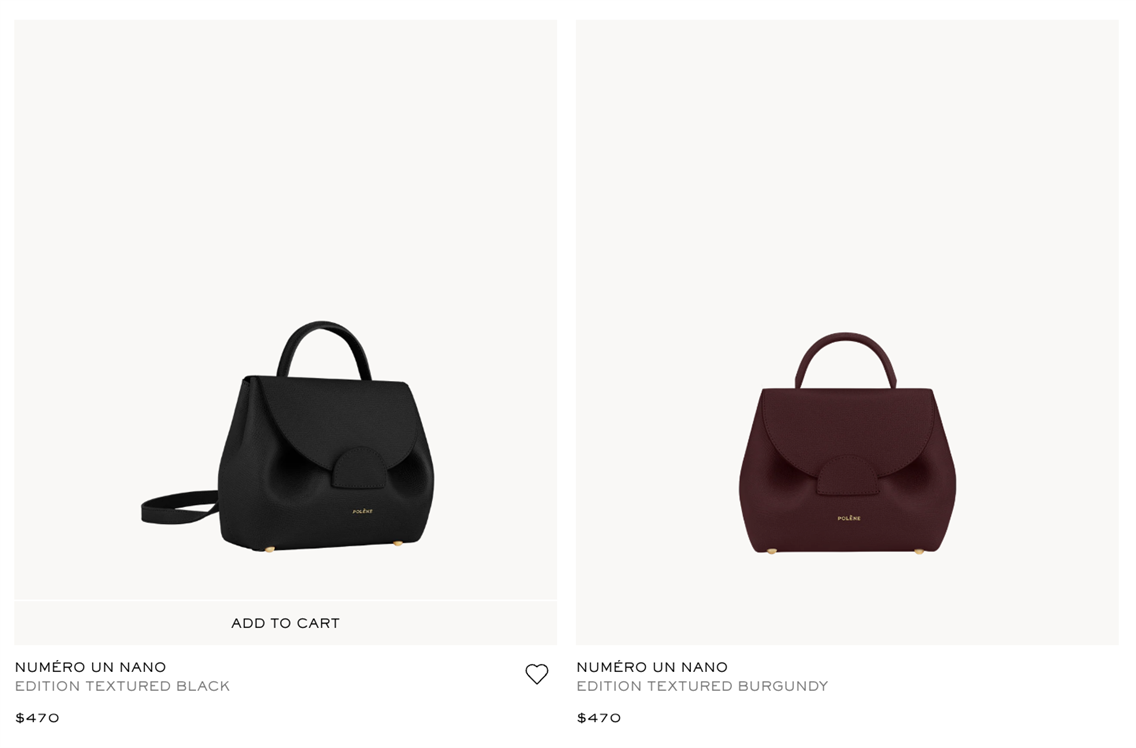 | Multiple Angle Coverage: Beyond the front view, include side, back, and top-down perspectives in your online store visual strategy. These angles reveal the bag's true silhouette, depth, and structural details that customers would naturally examine in-store. Polène shows their Numéro Un from front, side, and back angles, revealing the distinctive curved flap and sculptural side profile that have become their signature. |
Inside Organization View: Fully opened bag reveals interior compartments, pockets, linings, and organizational features. This crucial shot helps customers visualize daily use and addresses practical concerns about functionality. Coach excels with interior shots, showing their contrast-colored linings and organized pocket systems that showcase thoughtful design beyond external aesthetics. | 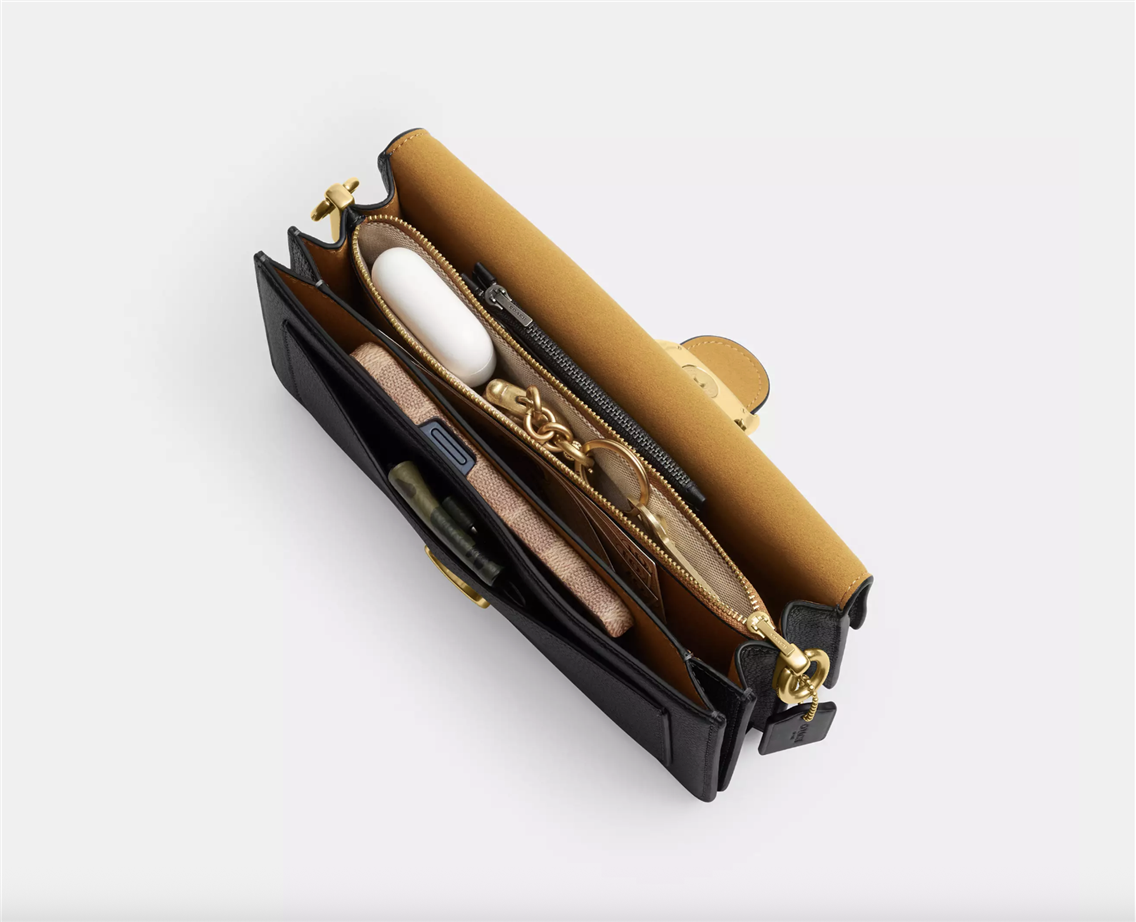 |
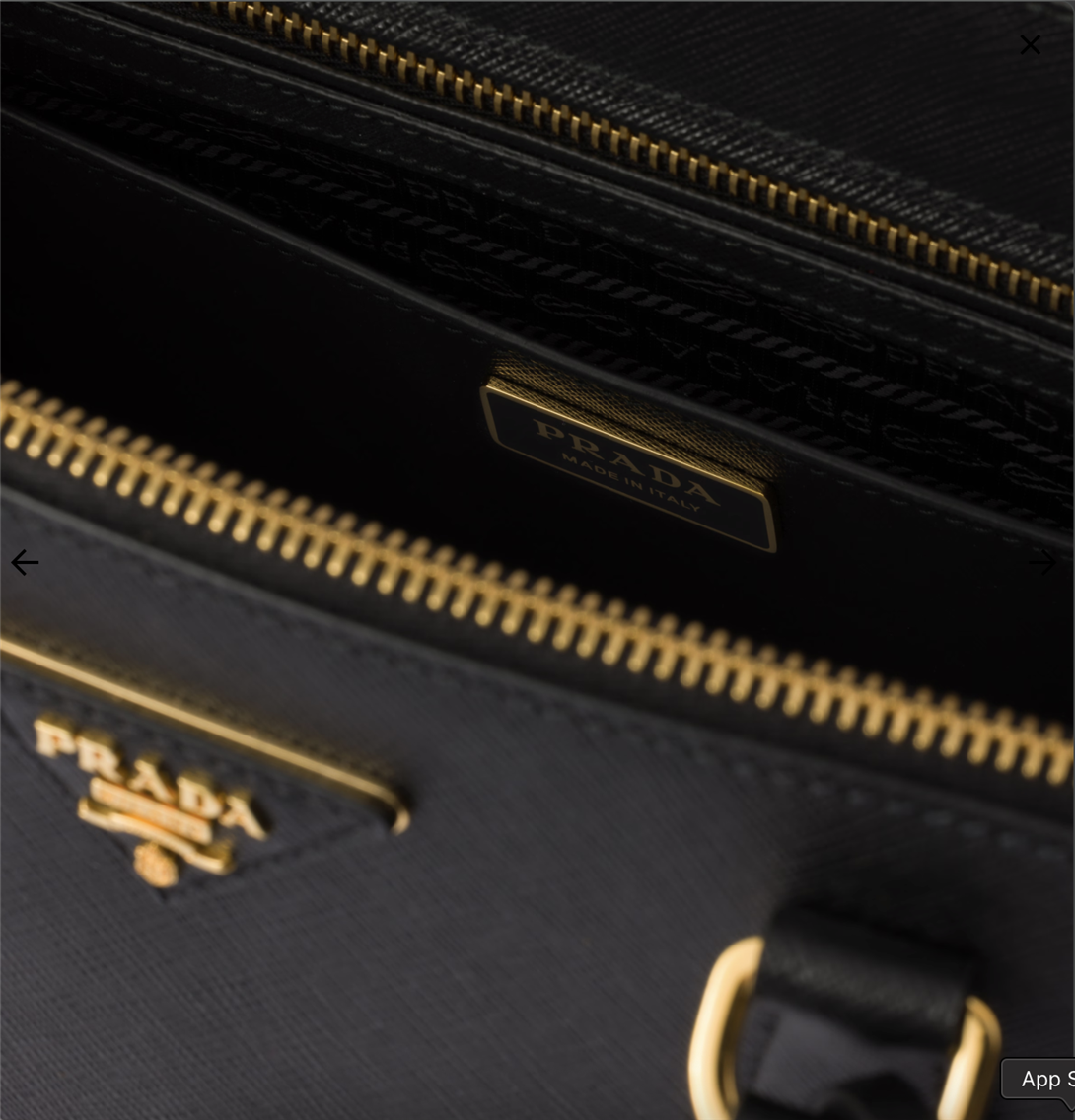 | Material Close-Ups Zoom in on leather grain, canvas texture, hardware details, embossing, or unique material properties to communicate quality and craftsmanship that justify price points. Prada's detailed photography captures their signature Saffiano leather texture and triangular logo plaque with microscopic precision, communicating unmistakable brand identity through materials. |
Scale Reference: Plan shots with the bag alongside recognisable items (like a laptop, water bottle, or notebook) or on a model ot help customers gauge the size of the product from images alone. Coccinelle includes model shots for every bag, showing proportion against different body types and styling contexts that help customers visualize real-world use. | 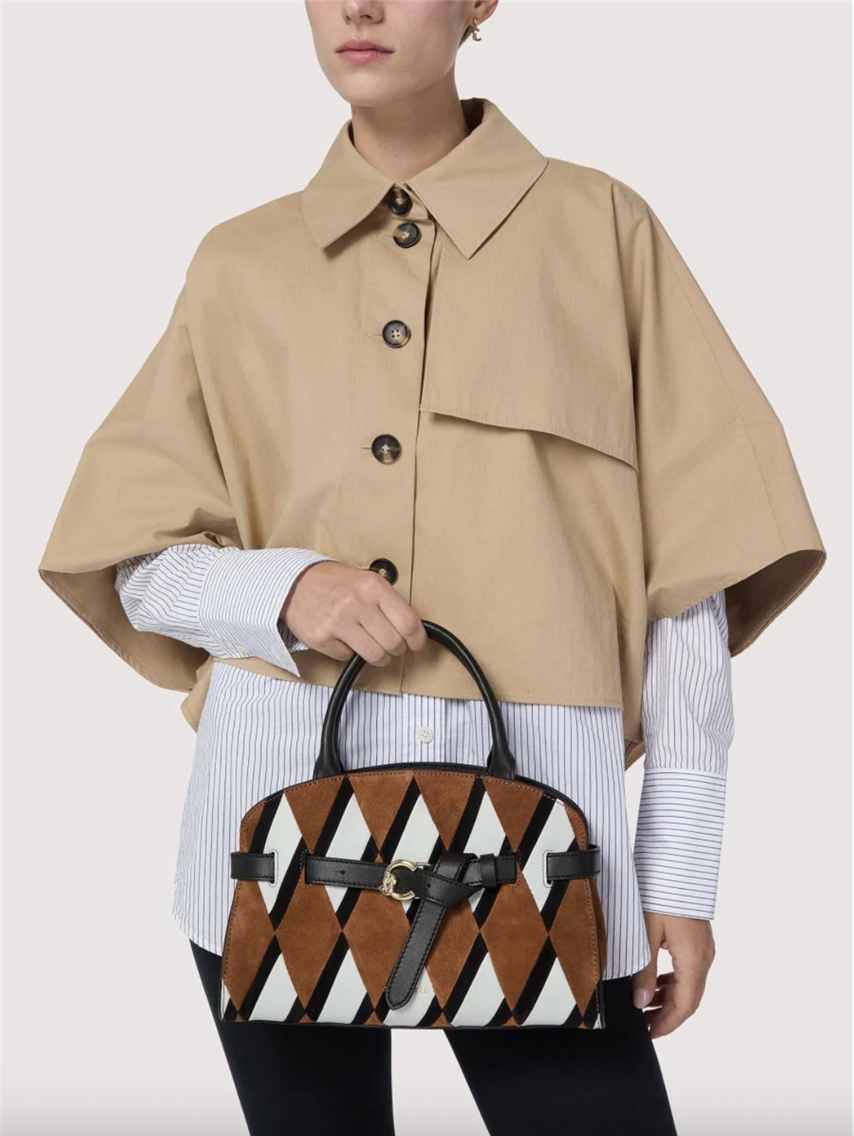 |
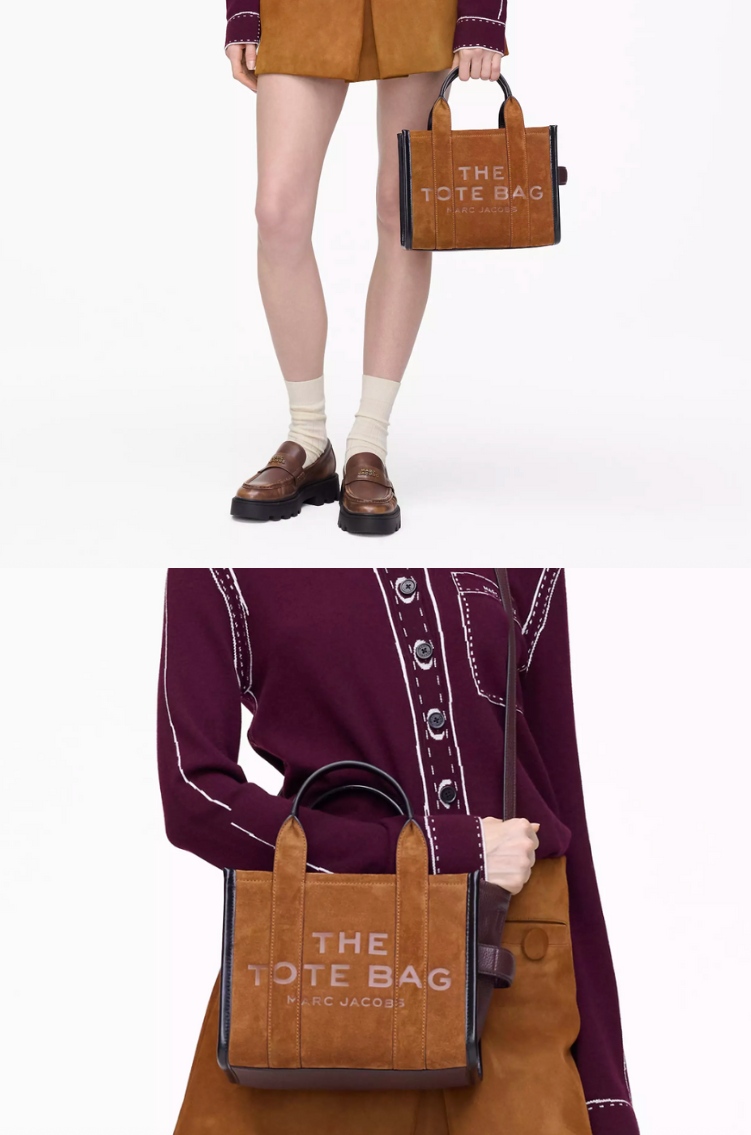 | Functional Demonstrations: Demonstrate the bag being packed, worn in different ways, or with straps adjusted to various lengths. These action shots help customers envision the bag in their daily lives. Marc Jacobs' product pages for their The Tote Bag demonstrate its versatility by showing multiple strap configurations from crossbody to shoulder carry, highlighting its adaptability. |
Color Options: For multi-color collections, maintain identical lighting, composition, and background brand guidelines across all color variants to consistently display all of the colors. This allows accurate comparisons between items and colors in your collection. Furla photographs each colorway of their Nuvola line in identical positions with consistent lighting, allowing customers to compare subtle shade differences in their dyed leathers without visual variables. | 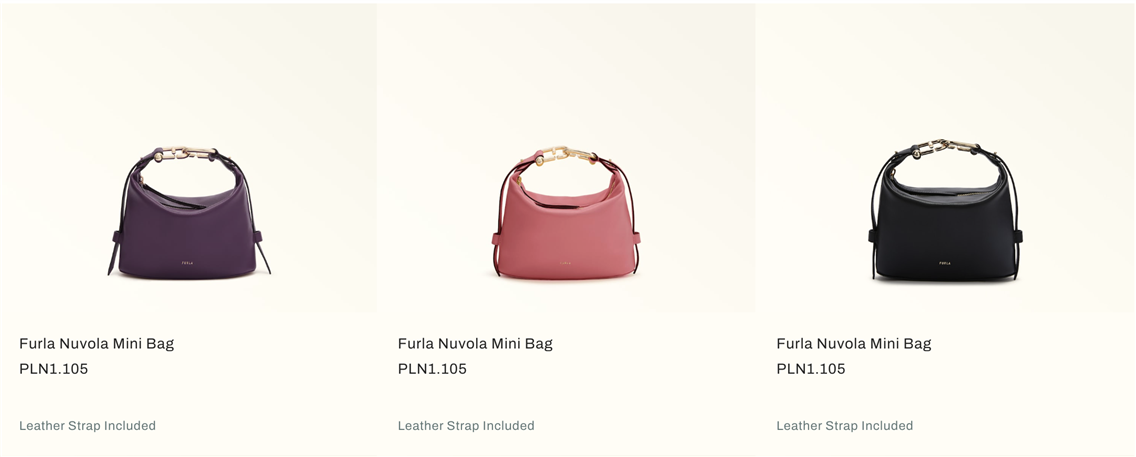 |
What separates exceptional bag listings from average ones isn't just the inclusion of these shots, but their consistency and intentionality. Each image should connect logically to the next, creating a comprehensive visual narrative that eliminates purchase hesitation.
Order LenFlash product photography!
Still Life and Fashion Photography for Bag Online Stores
Beyond standard product shots and on-model photography lies the creative territory of still life and editorial imagery, the visual content that elevates bag brands from functional to aspirational.
Loewe, for example, plays with surrealism. Their editorial imagery often puts bags in strange proportions or environments. Bottega Veneta uses rich textures, architectural light, and mood.
Editorial shots stretch visual codes. They say: “This bag doesn’t need to explain itself. You’re either part of the world or you're not.” Below are some ideas on how to use still life photography on your online store.
Homepage & Feature Banners
The Furla homepage banner exudes refined minimalism, spotlighting a sleek beige handbag against a soft neutral background. The upward lift of the hand suggests confidence and elegance, embodying the brand’s balance of modernity and timeless Italian craftsmanship.
The subtle play of light highlights the bag’s texture and polished clasp, reinforcing Furla’s commitment to quality. Touches of color on the nails add a contemporary, playful twist, making the image both sophisticated and approachable.
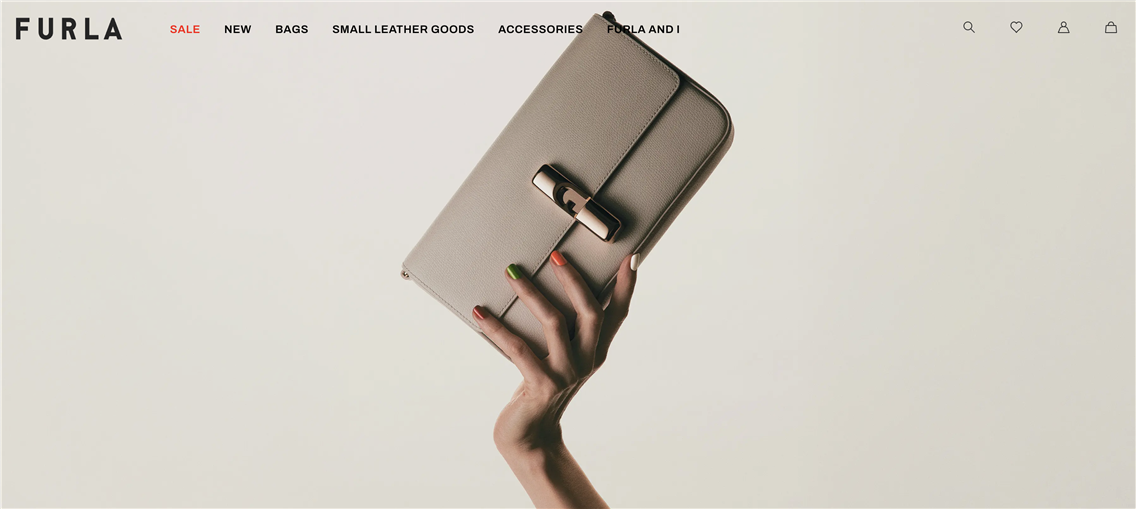
Lookbook & Collection Pages
Collection landing pages benefit from editorial storytelling. Hermès creates seasonal narratives through meticulously styled vignettes where bags interact with unexpected props like silk scarves, vintage books, and equestrian elements, reinforcing heritage while staying contemporary.
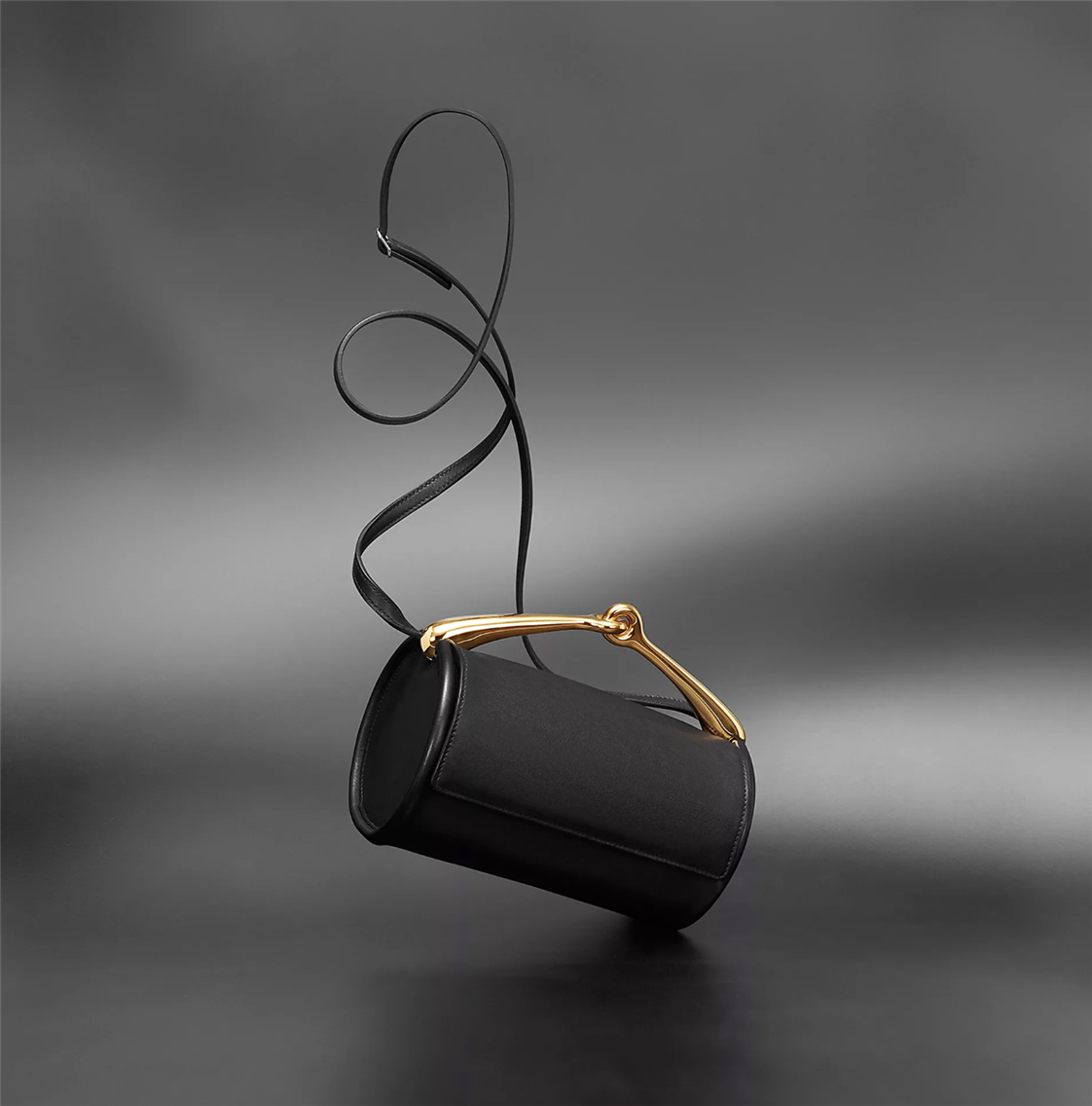
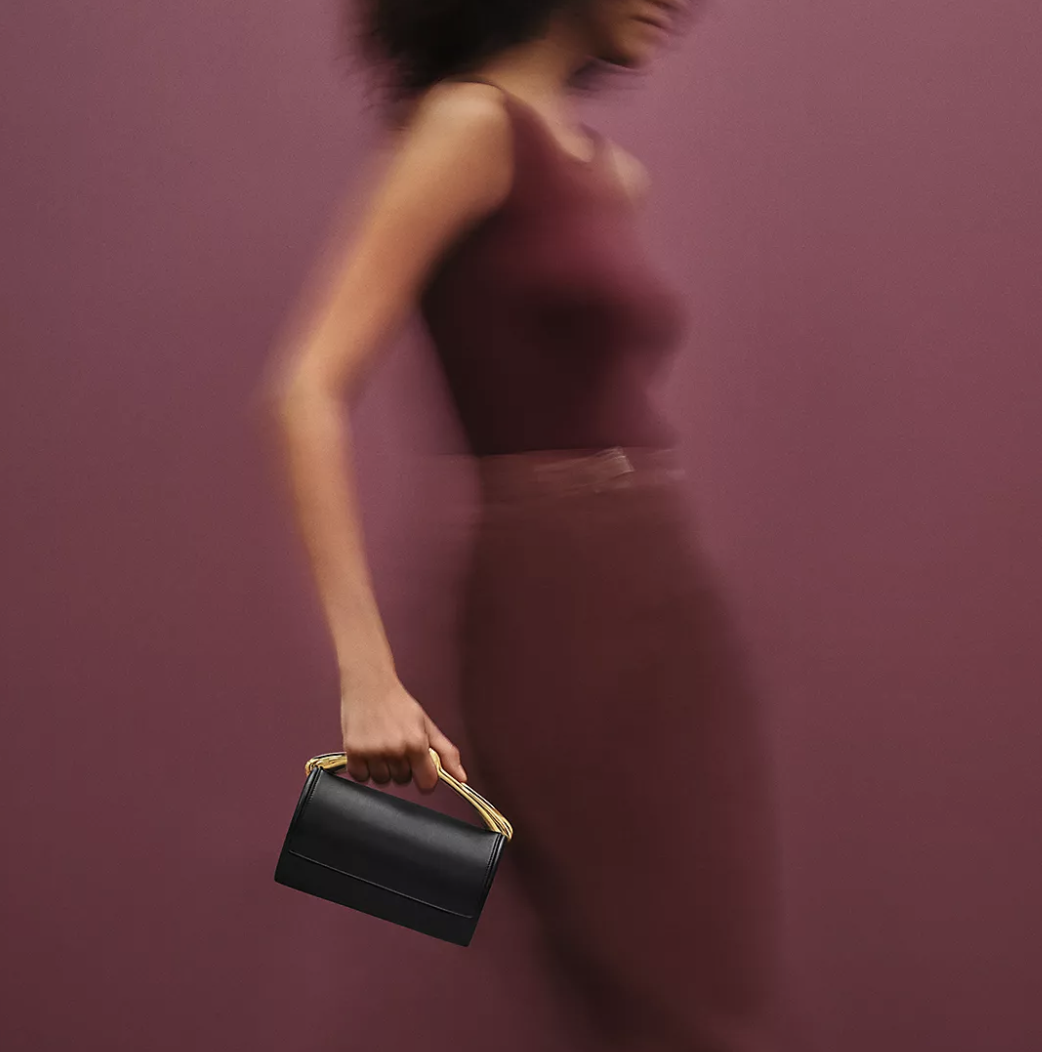
Category Navigation
When customers browse by category, styled still life helps differentiate product types. Prada uses distinctive still life setups for different bag categories. Structured lighting for formal styles, casual arrangements for everyday pieces. Visual cues that guide browsing.
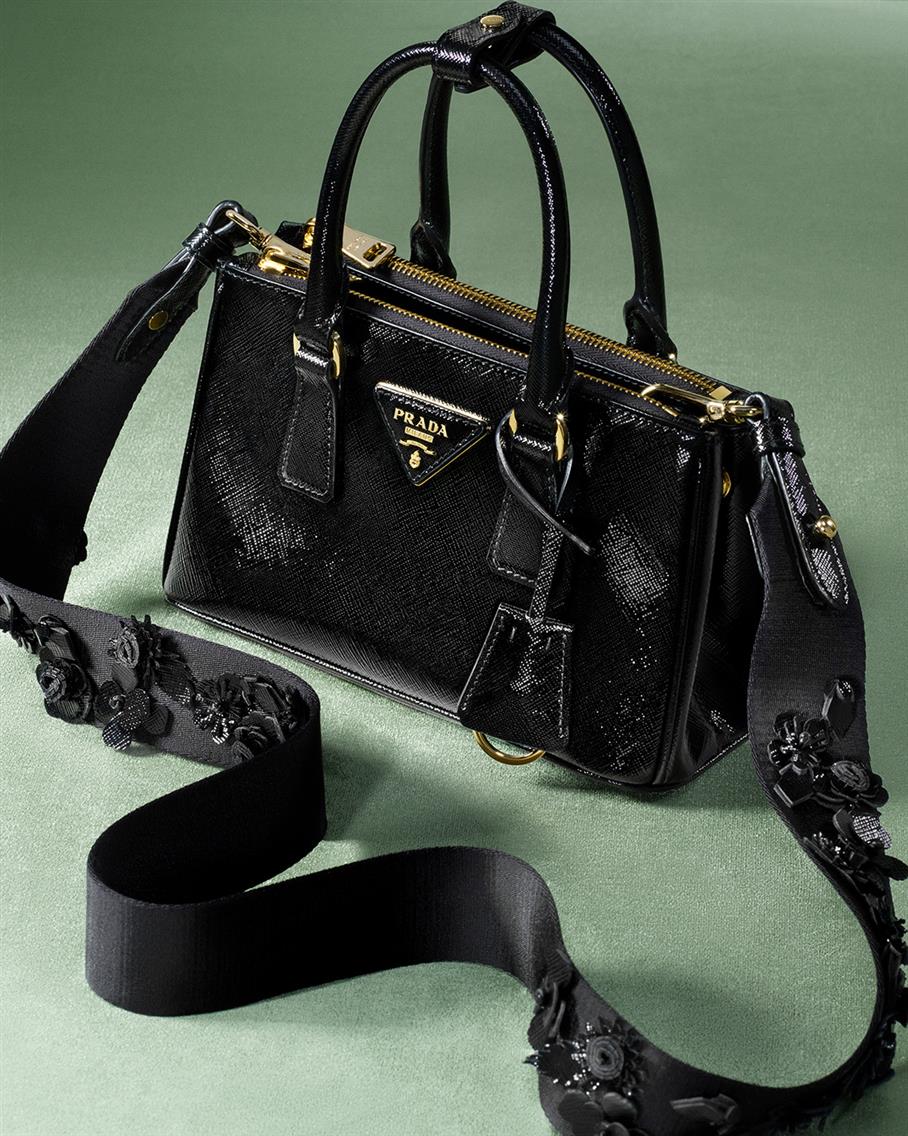
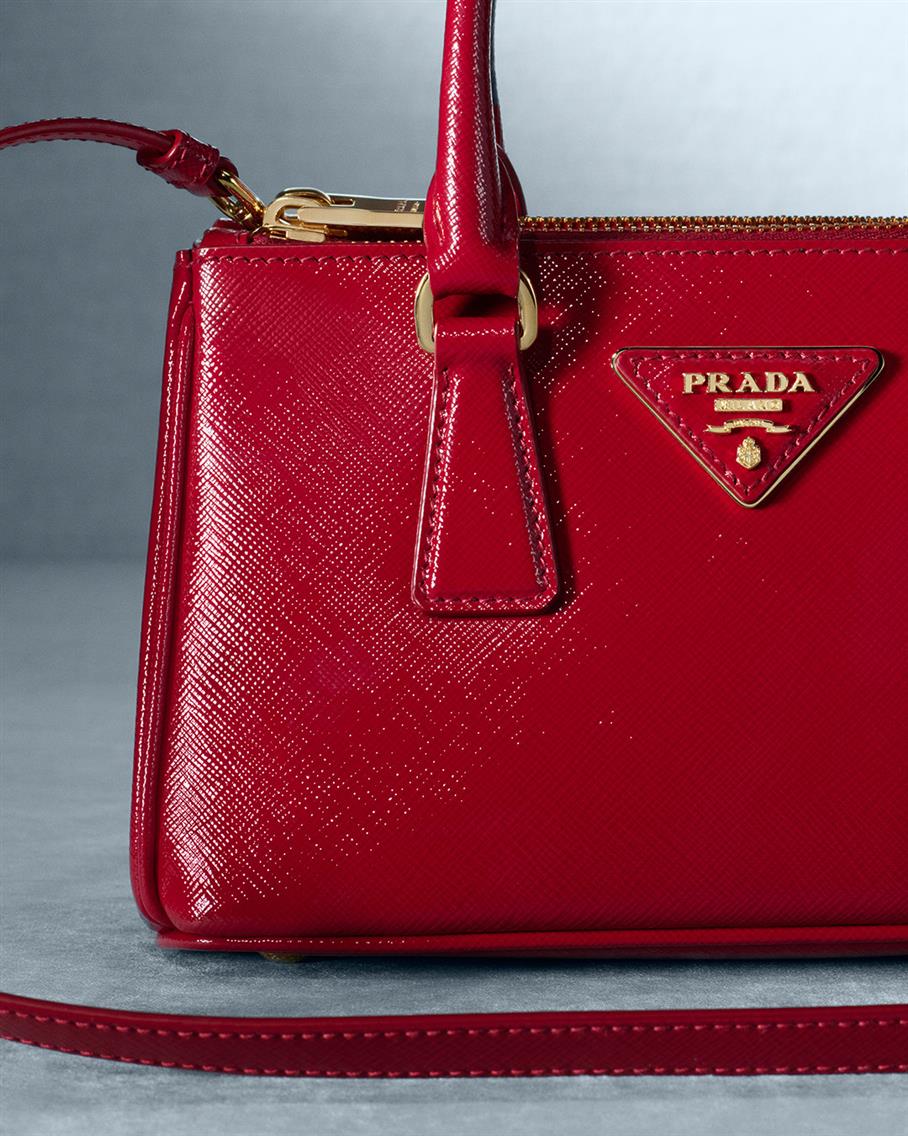
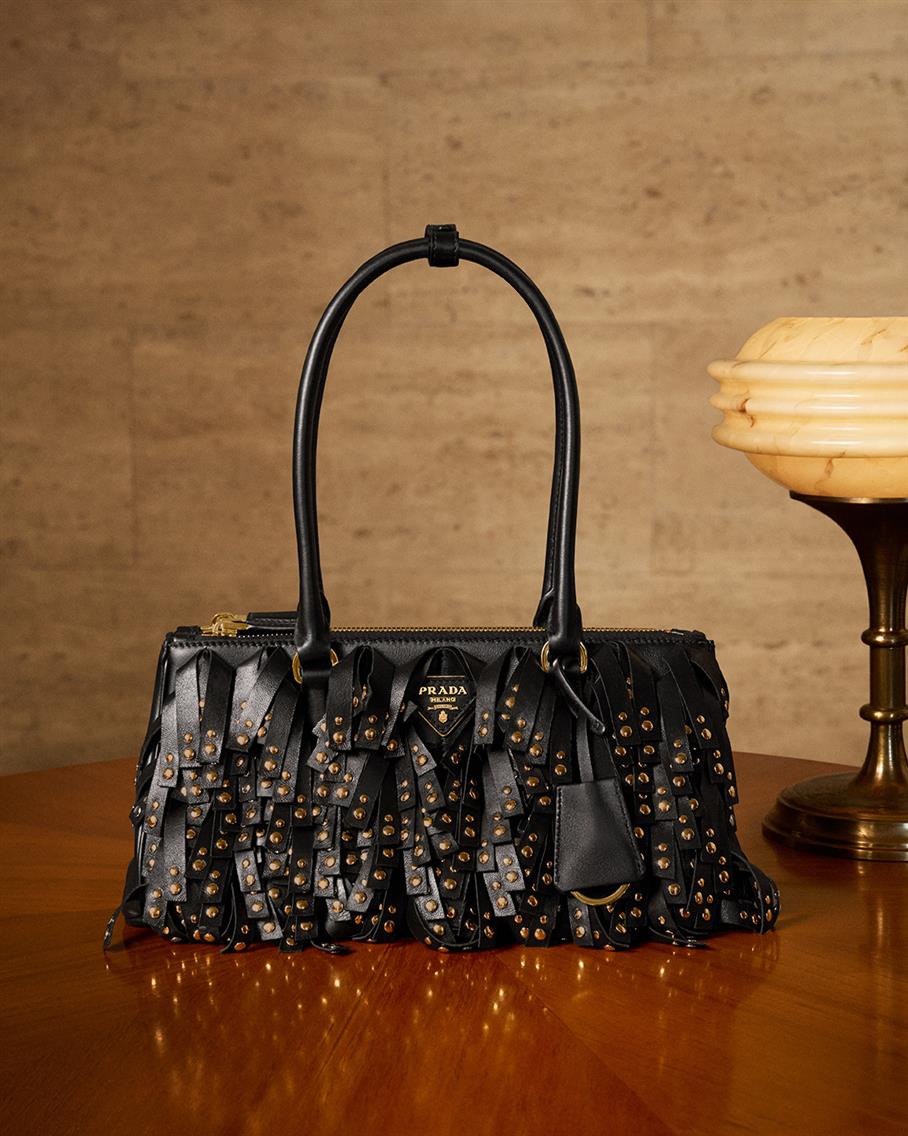
Content Marketing Hubs
Blog posts and style guides need imagery with narrative depth. Polène's editorial photography places their minimalist bags in Parisian settings that tell the brand's origin story while showcasing functionality, content that works equally well in magazine features and paid media.
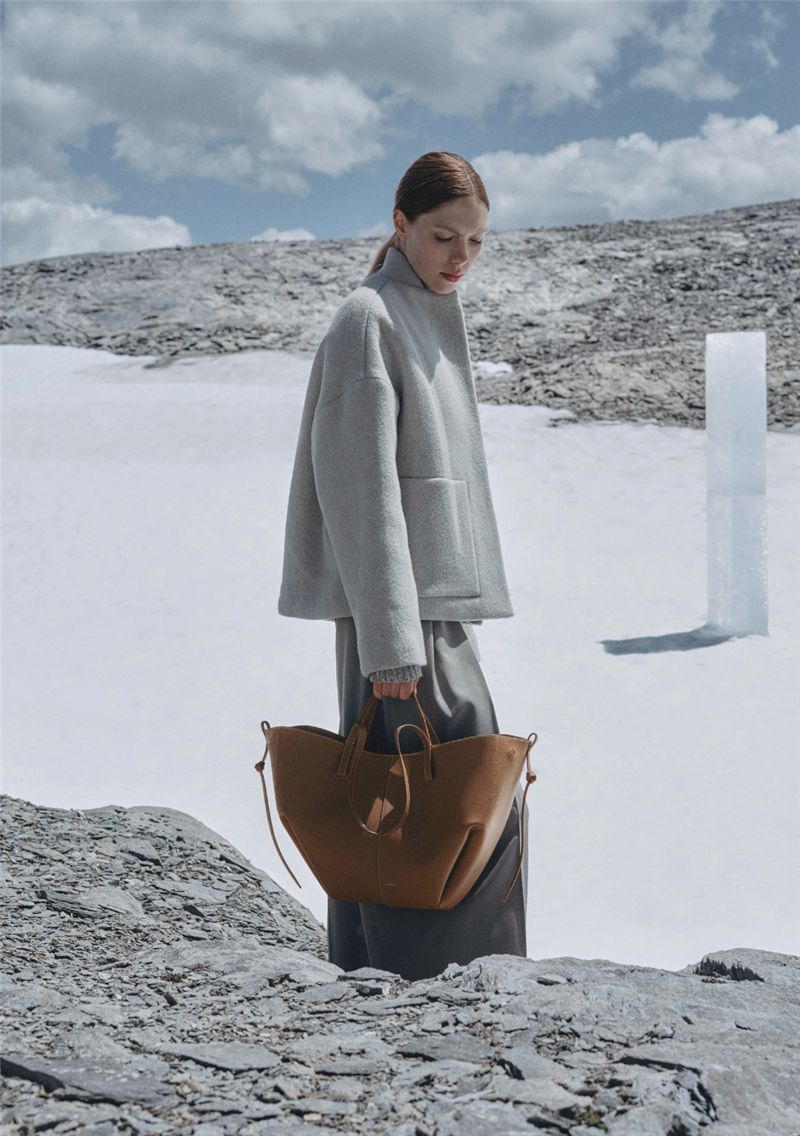
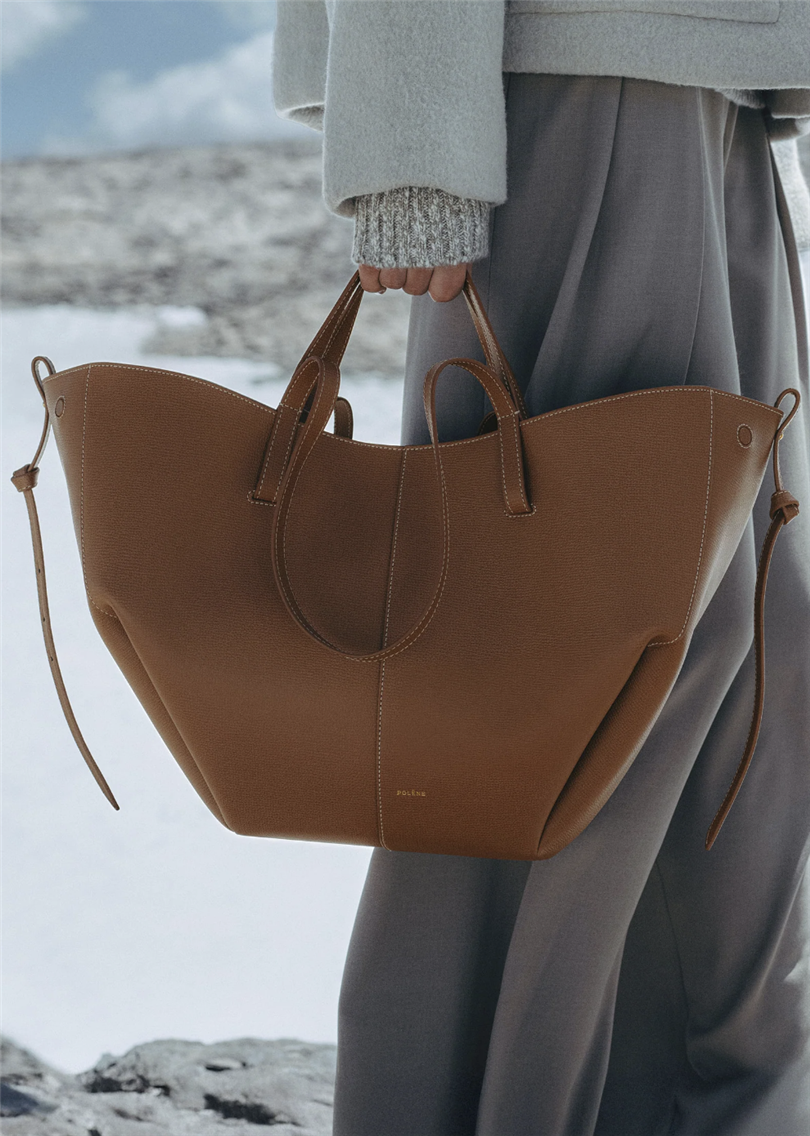
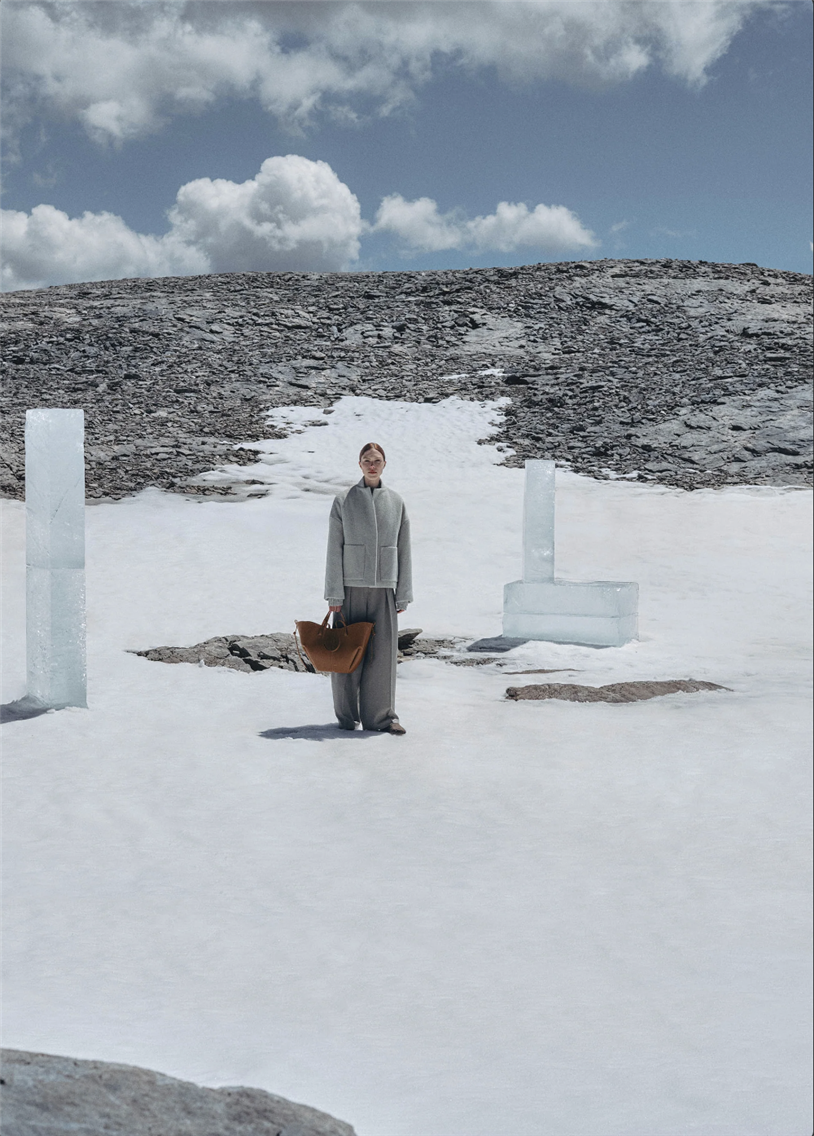
PR and Media CoverageWhen fashion editors feature bags, they gravitate toward editorial imagery. Coach's seasonal press kits include styled still life shots that seamlessly integrate into magazine layouts, increasing media pickup without requiring publications to conduct their own shoots. | 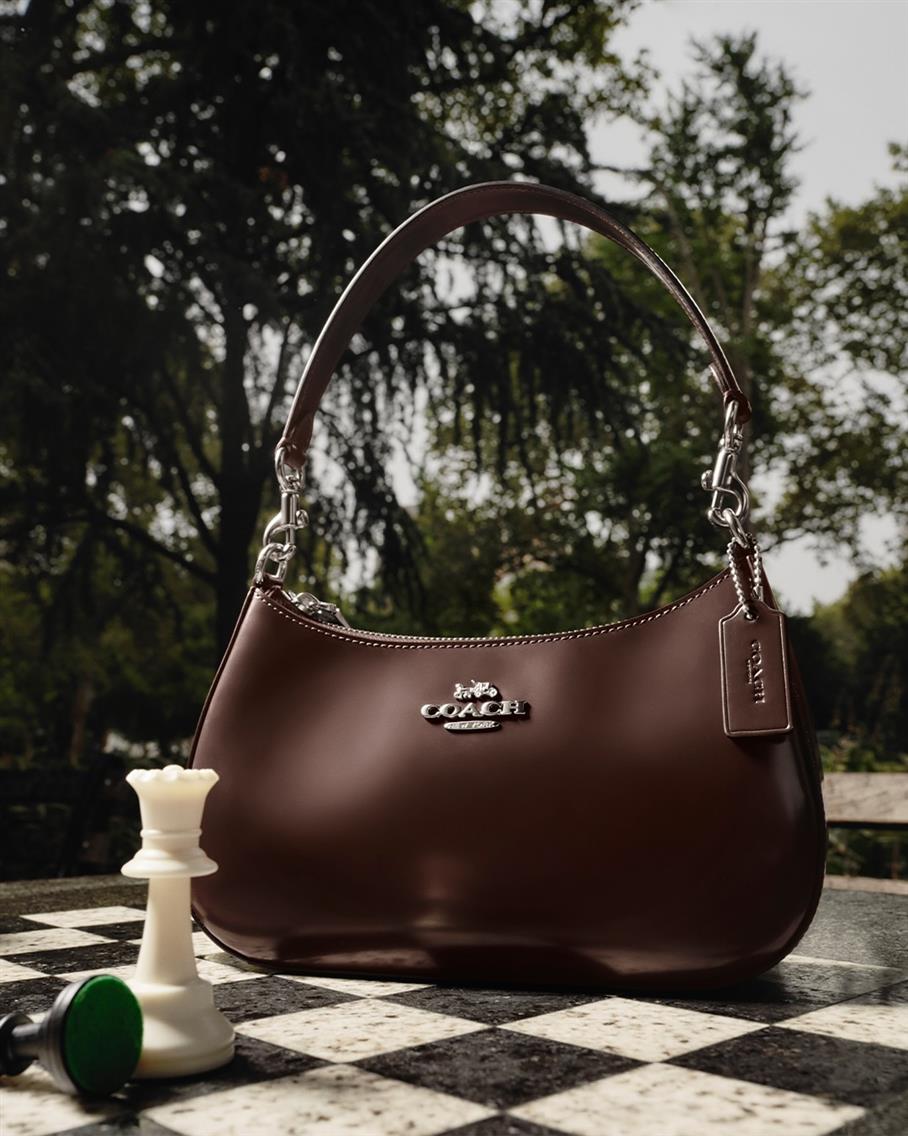 |
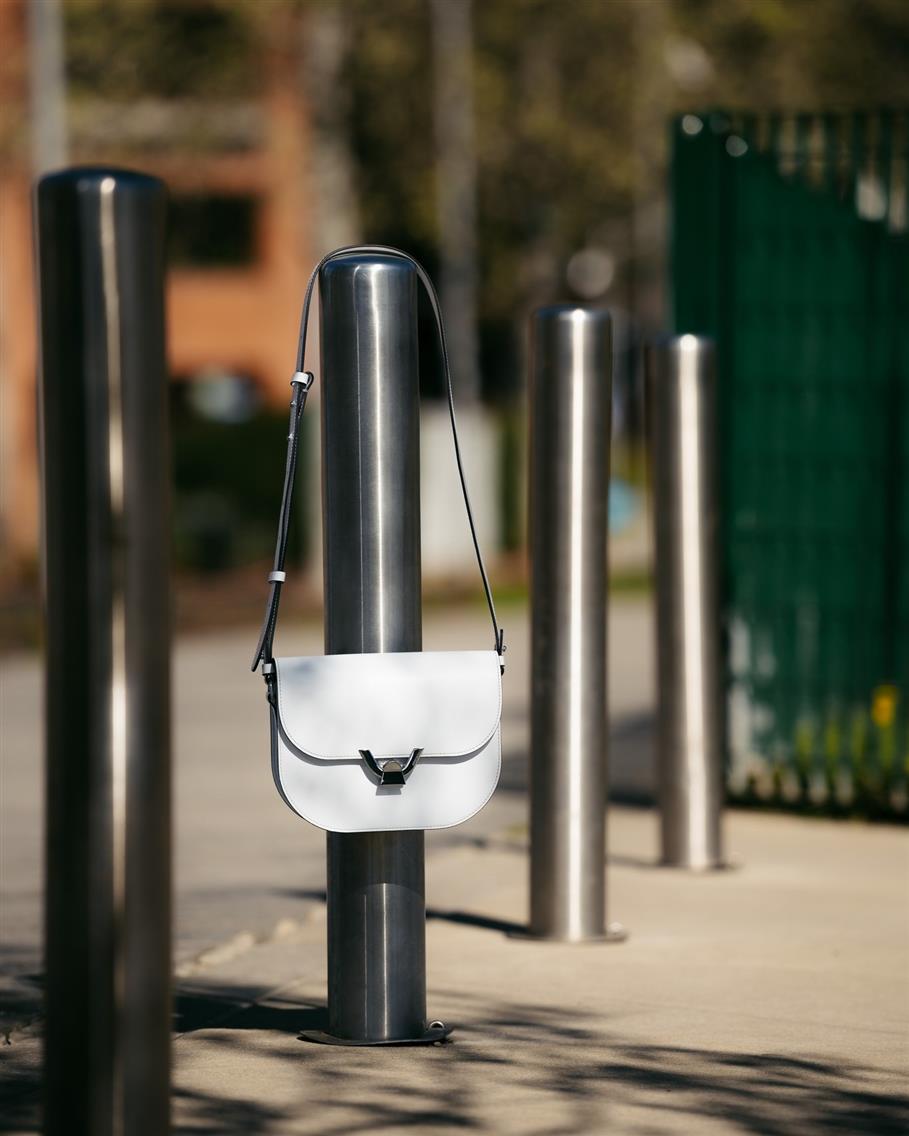 | Paid AdvertisingThe scrolling thumb stops for unusual, artistic compositions. Coccinelle's advertising photography positions bags in unexpected still life scenarios like hanging from architectural elements or balanced on stacked geometry. |
Bag Photography Tips for Online Marketplaces
Know Platform-Specific Requirements (Amazon, Zalando, etc.)
Each platform has strict image guidelines that directly impact your listing success:
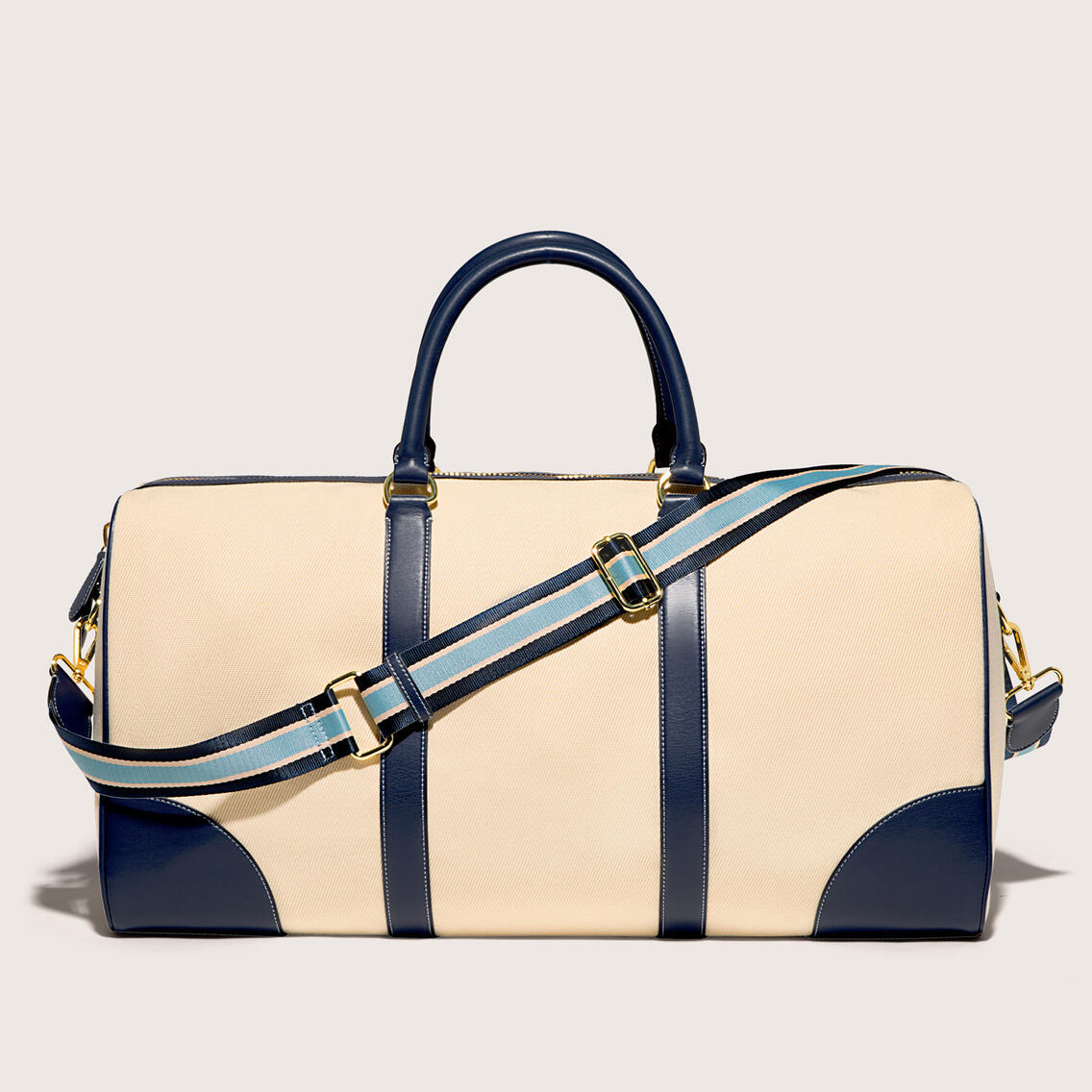
- Amazon: White background (RGB 255,255,255), product must fill 85%+ of frame, no props, no text overlays. Primary images require pure white, while additional images allow limited styling within strict parameters.
- Zalando: Often requests front, side, and interior shots, on-model images, and clean lighting with neutral backgrounds. Their requirements include specific dimensions (1920×2240px) and model photography guidelines for consistent catalog appearance.
- Farfetch / luxury platforms: Require high-end styling, multiple views, and editorial-level quality. These platforms enforce brand-level standards with detailed shot lists including hardware close-ups and fabric texture requirements.
Non-compliant listings face algorithmic suppression in search results, category demotion, or complete delisting during automated sweeps. For sellers relying on marketplace traffic, these penalties can devastate revenue overnight.
LenFlash studio ensures platform compliance in every shoot delivery by maintaining updated specification libraries for all major marketplaces. We've developed specialized lighting setups and post-production workflows tailored to each platform's unique requirements, eliminating the technical barriers that prevent many sellers from maximizing their marketplace potential.
For a comprehensive breakdown of marketplace requirements and opportunities beyond photography, see our detailed guide: Best Marketplaces for Your eCommerce Business Decoded.
How to Show Bag Functionality and Scale on Marketplaces
Customers want to understand what the bag can carry and how big it is in real life. This practical information drives marketplace conversions more than any other factor.
Use a model holding or wearing the bag to show proportions whenever platform guidelines permit. This instantly communicates scale in relation to body size while demonstrating how the bag sits when carried. On Amazon, this requires secondary images only, while Zalando actively encourages on-model shots.
Include photos that show objects inside (e.g., laptop, phone, notebook). These "what fits" layouts instantly answer the critical question: "Will my stuff fit?" For work bags, show standard laptop sizes; for everyday bags, arrange common items like wallets, phones, and keys in organized layouts that demonstrate capacity.
Include strap lengths, compartments, and adjustable features clearly. Capture strap adjustments at minimum and maximum lengths with measurements in the caption. For compartmentalized bags, photograph each section separately with appropriate lighting to reveal organizational features hidden from exterior shots.
Show how it closes (zipper, snap, magnet), whether it stands upright, or collapses. Capture sequential images of opening mechanisms, document whether the bag stands independently when empty, and show how structured or slouchy it appears when partially filled.
These practical images may not be the most aesthetically exciting in your catalog, but they're consistently the most effective at driving purchase decisions and reducing returns on marketplace platforms.
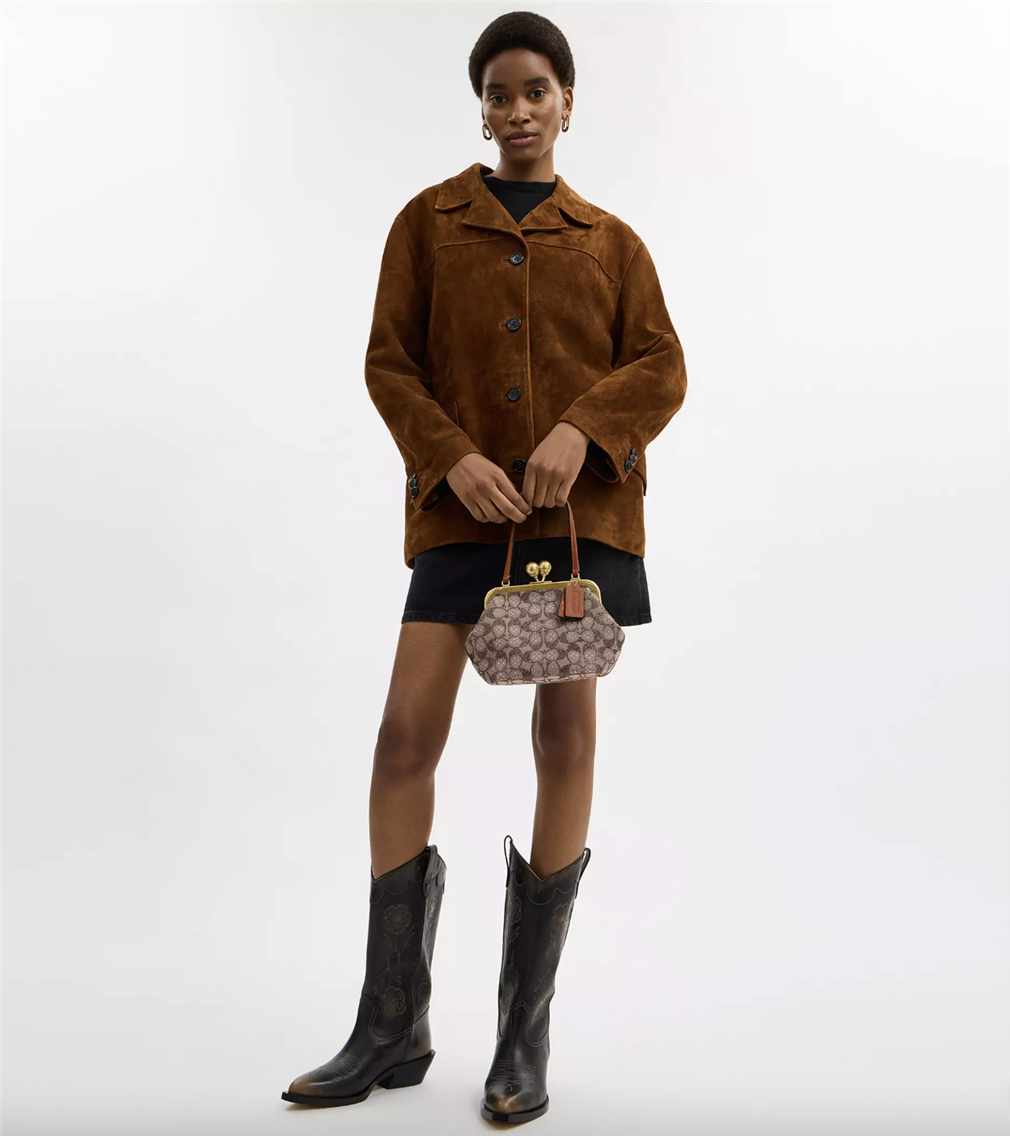
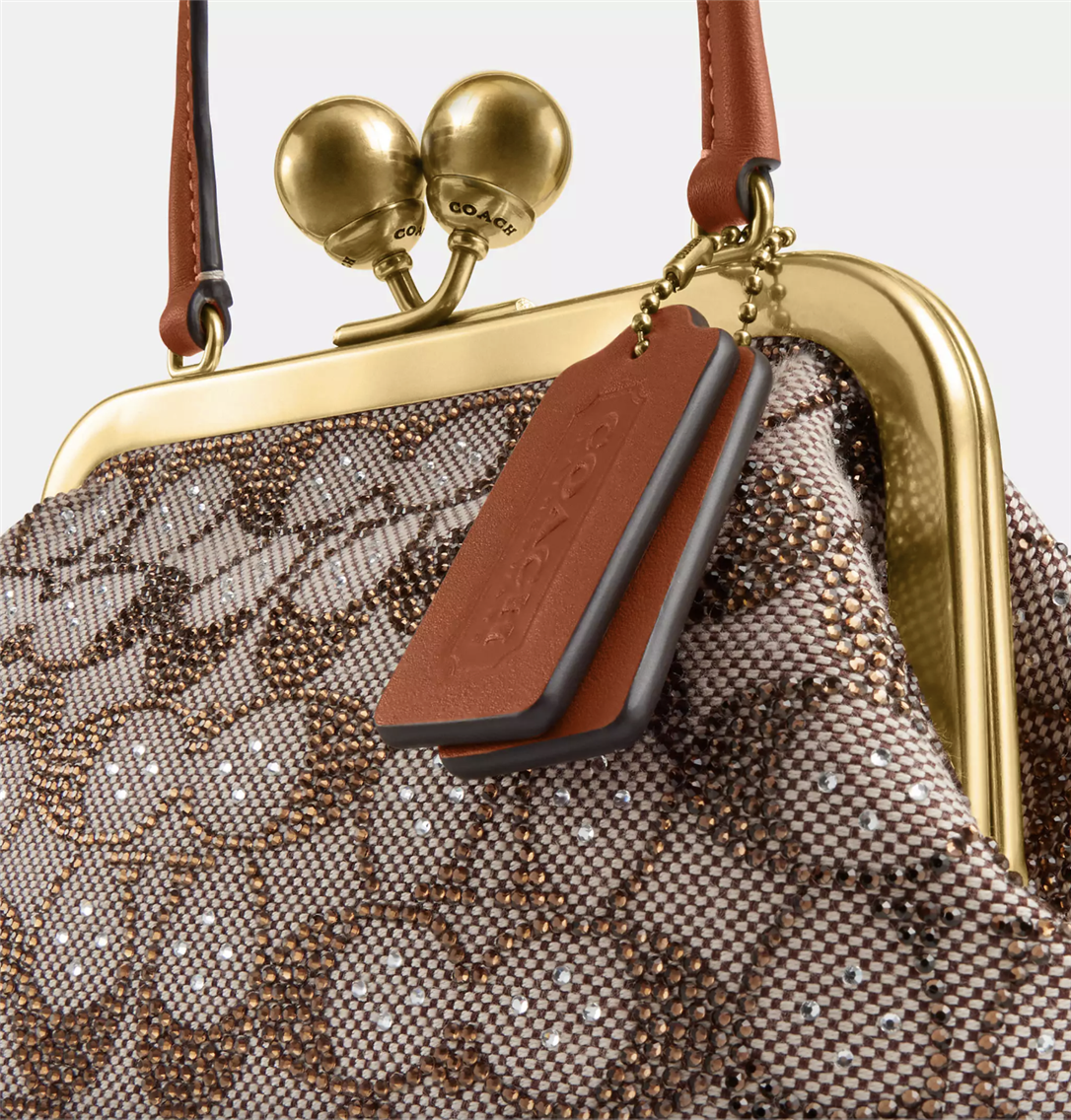
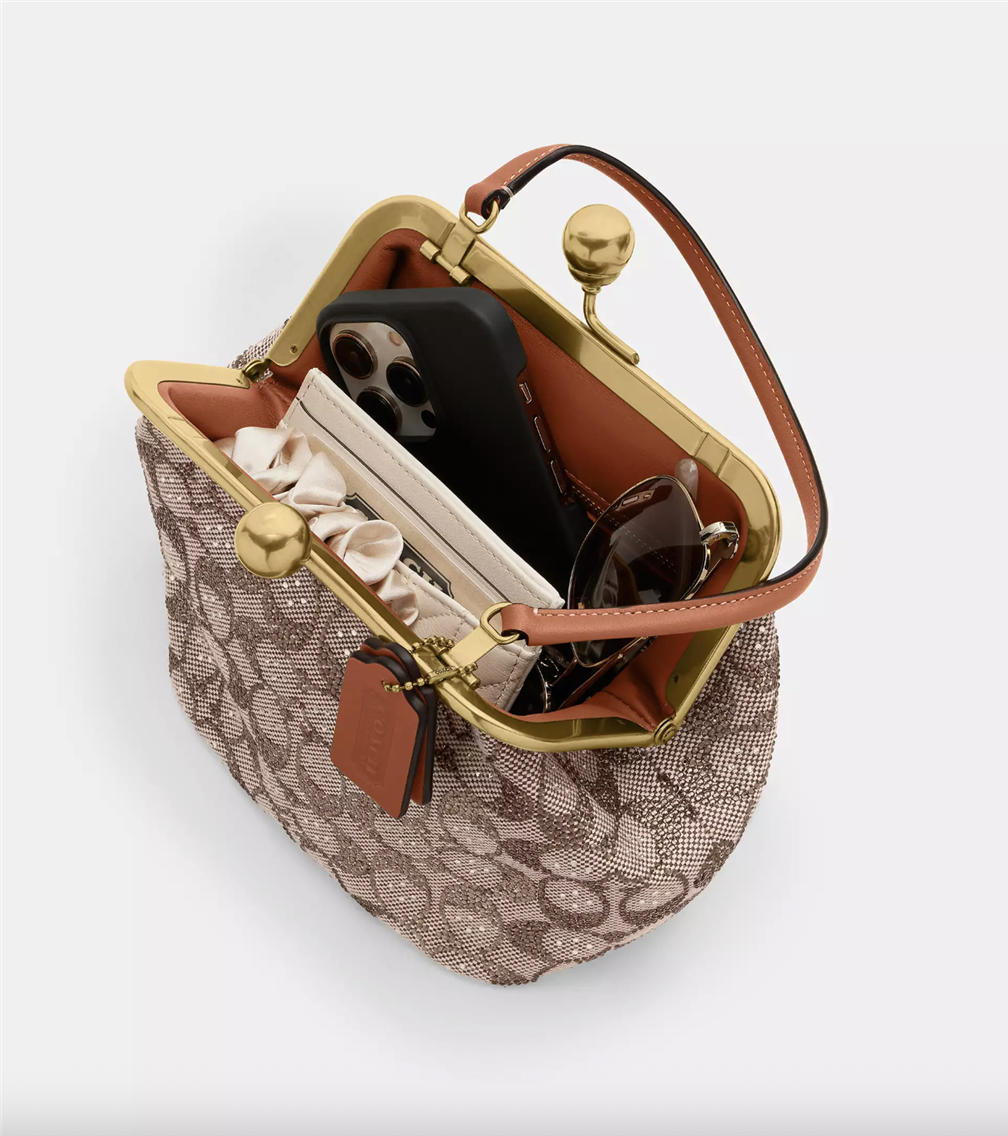
Common Mistakes in Bag Marketplace Photography
Inconsistent lighting or background that doesn't meet marketplace specs. Even slight shadow variations or off-white backgrounds trigger automated rejection systems. What looks "white enough" to the human eye often fails algorithmic checks that measure precise RGB values.
Missing views, especially back, bottom, or interior. Marketplaces increasingly require complete viewsets for category placement. Skipping less obvious angles (bottom construction, strap attachment points) can limit visibility in filtered searches for specific features.
Poor image quality or low resolution, leading to rejection or poor mobile display. Compression artifacts and pixelation not only diminish perceived value but also trigger quality control filters that push listings lower in search results, particularly on mobile-first marketplaces.
Wrong aspect ratios or too much white space. Platforms optimize for specific dimensions and images that don't conform get awkwardly cropped or shrunk, creating unprofessional listings that customers instinctively avoid.
Using props or watermarks where not allowed. Decorative elements, branding overlays, or even subtle props can trigger immediate listing suppression, especially on platforms using AI image recognition to enforce guidelines.
Over-editing makes materials look fake or different from what they are. Excessive saturation or contrast adjustments that misrepresent color and texture drive negative reviews and returns are the fastest way to lose marketplace seller privileges.
Social Media Bag Photography That Builds Your Brand
What Types of Bag Photos Work Best on Instagram and Pinterest
Social platforms demand distinctly different photography from your product pages or marketplace listings. What performs well on these channels:
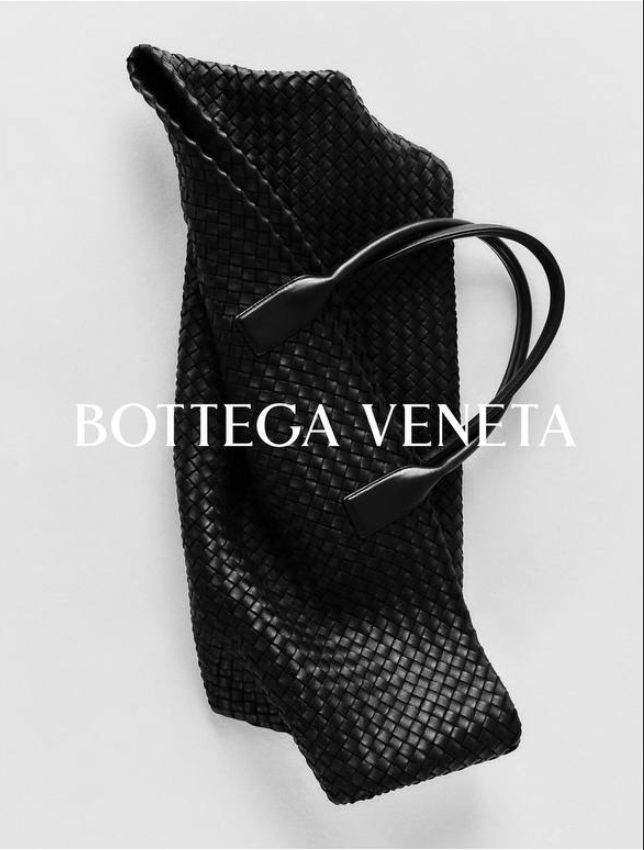 | Instagram Feed: High-contrast, visually distinctive compositions that stop the scroll. Success comes from unexpected angles, dramatic lighting, and compelling color stories, not informative product shots. Bottega Veneta's feed features their Cassette bags photographed from bird's-eye angles, casting geometric shadows or placed in modernist architectural settings, creating visuals that are recognizable from a thumbnail alone. |
| Instagram Stories/Reels: Motion-focused content showing bags in use: the swing of a crossbody while walking, the transformation of a convertible tote, or the satisfying moment of a clasp closing. Cult Gaia excels with clips showing their sculptural bags transitioning from day to evening use, emphasizing their versatility through movement rather than static description. | 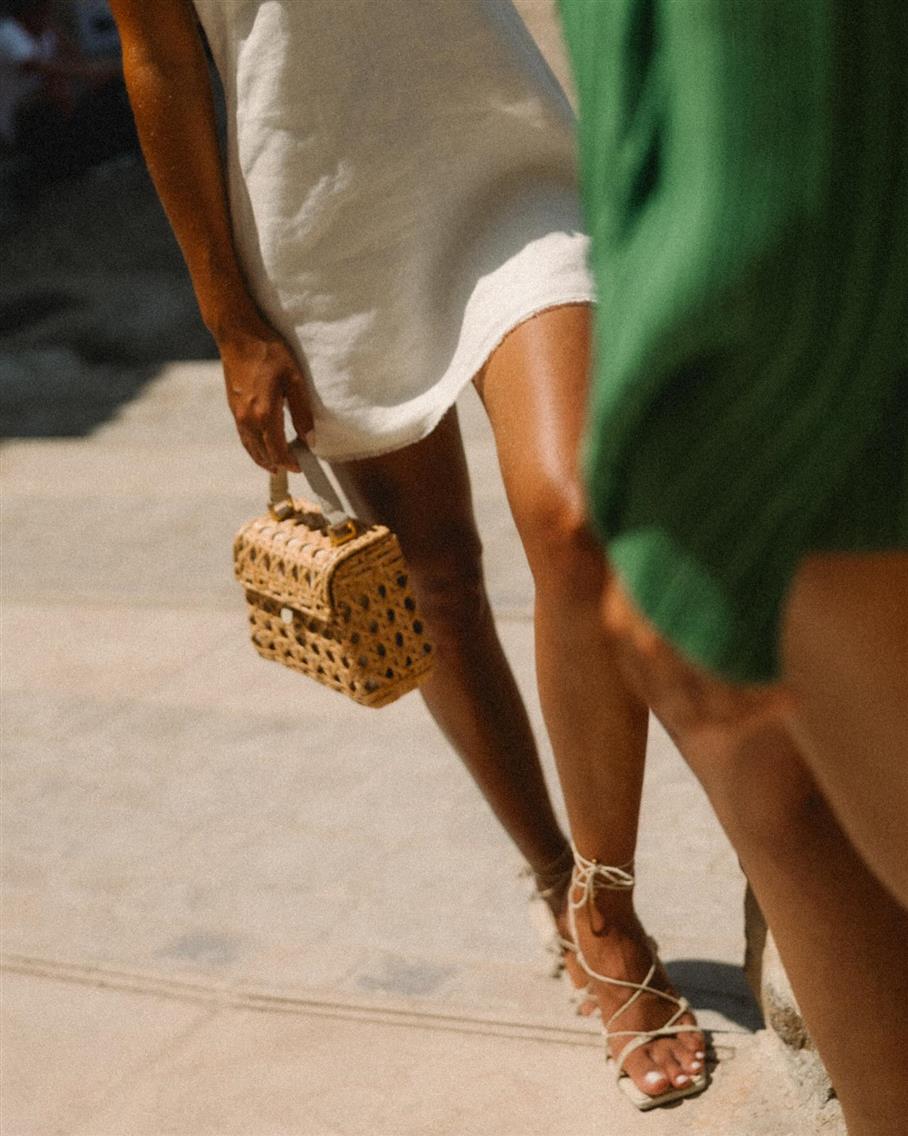 |
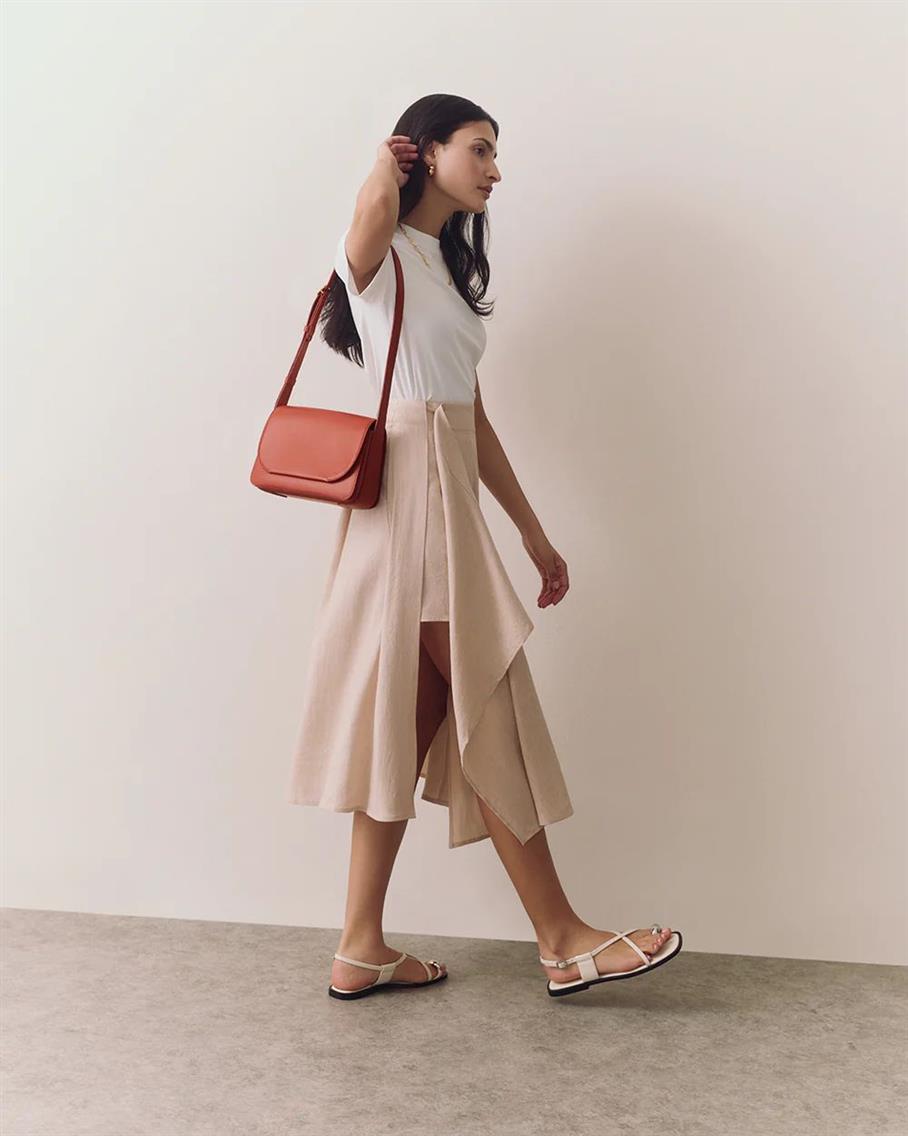 | Pinterest: Vertically-oriented, information-rich imagery with clear contextual relevance performs best. Cuyana's "fewer, better things" philosophy comes alive in their Pinterest-optimized imagery showing capsule wardrobes built around their essential leather goods, driving 4x higher save rates than their standard product photography. |
Using Lifestyle Visual Content to Tell a Story
Social media thrives on narrative, not specifications. Effective lifestyle photography:
Creates an aspirational context by placing bags in environments that embody your brand values. Senreve photographs their convertible bags in both executive boardrooms and creative studios, reinforcing their "for women who do it all" positioning without a word of copy.
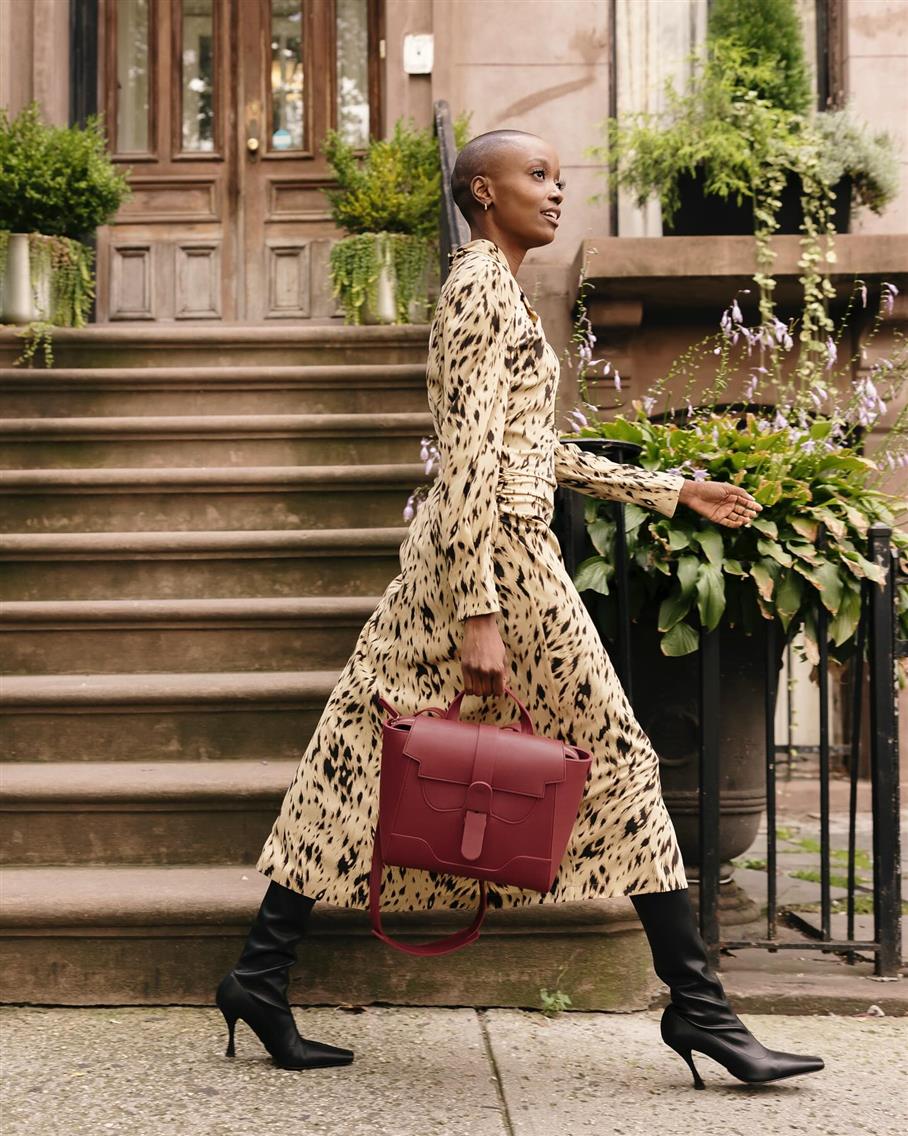
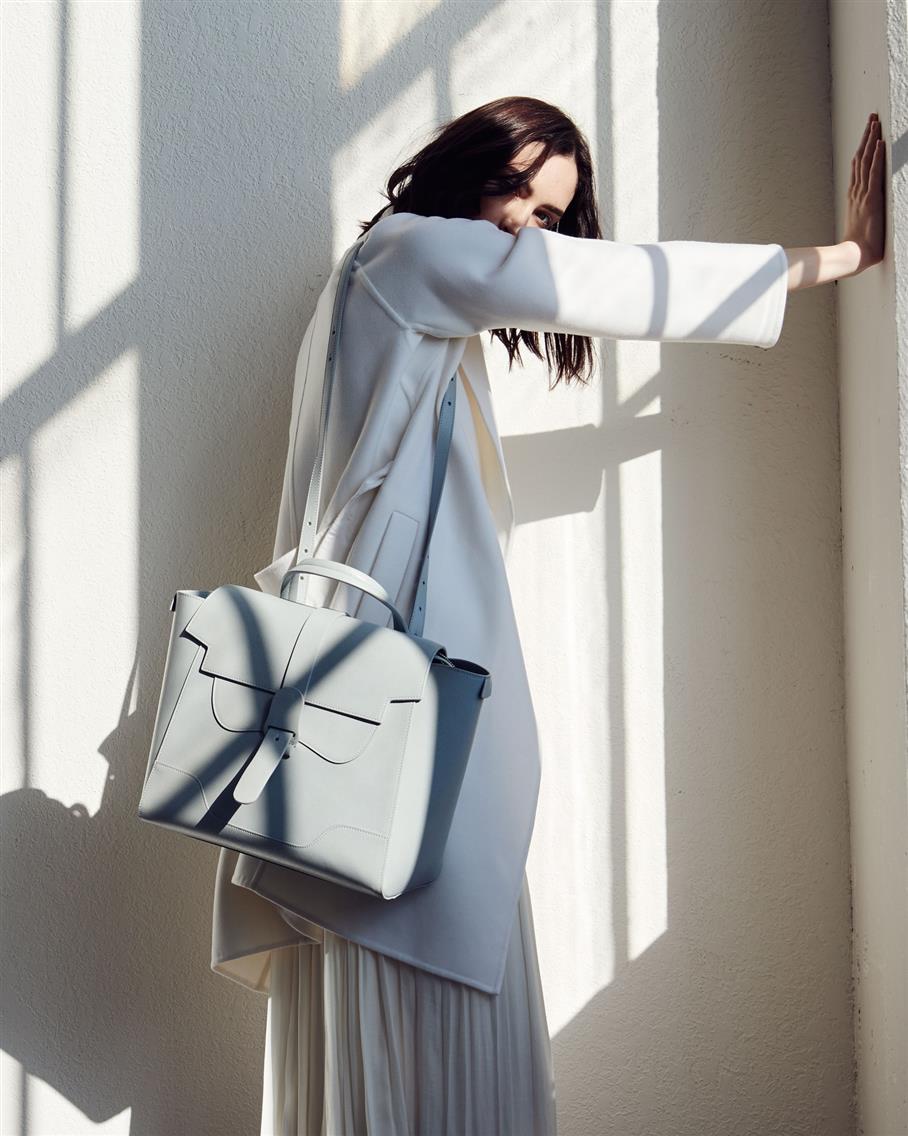
Shows real-world versatility through day-in-the-life sequences. Away's content presents their bags moving through complete travel journeys — from morning departure to evening arrival — establishing their products as trusted companions rather than mere accessories.
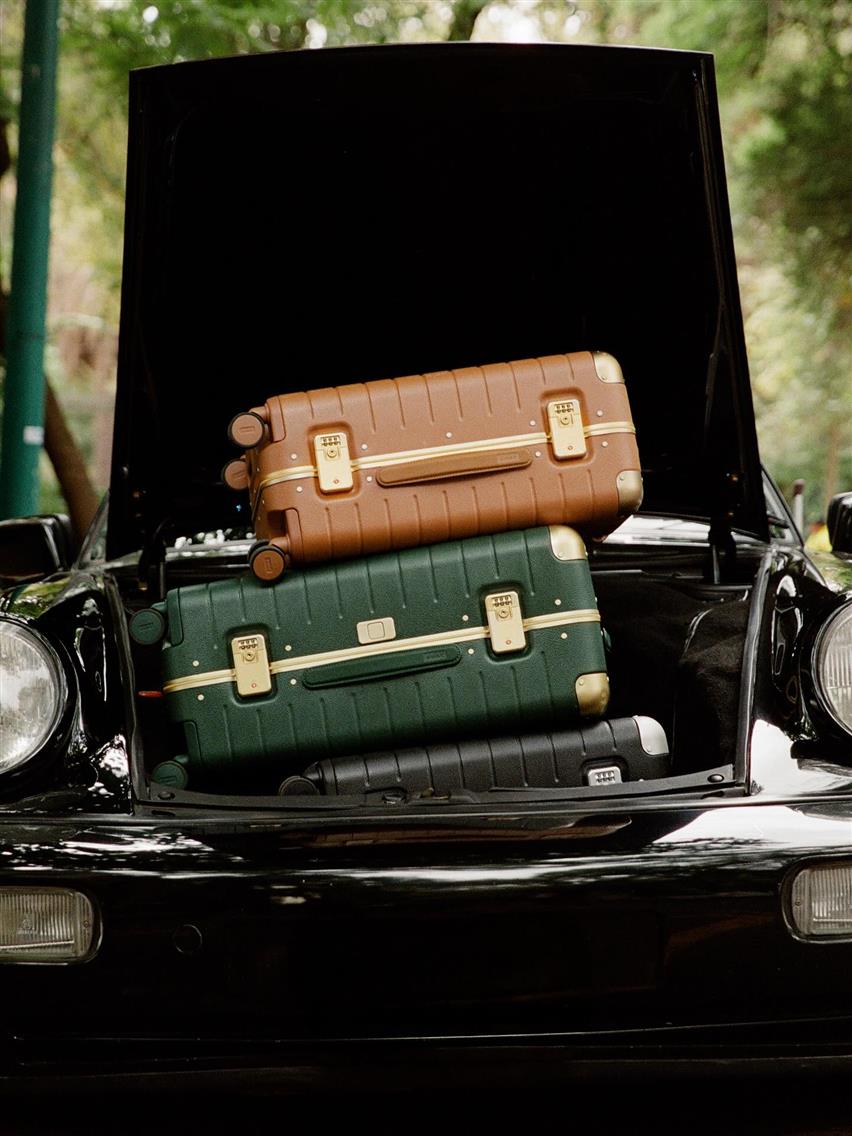
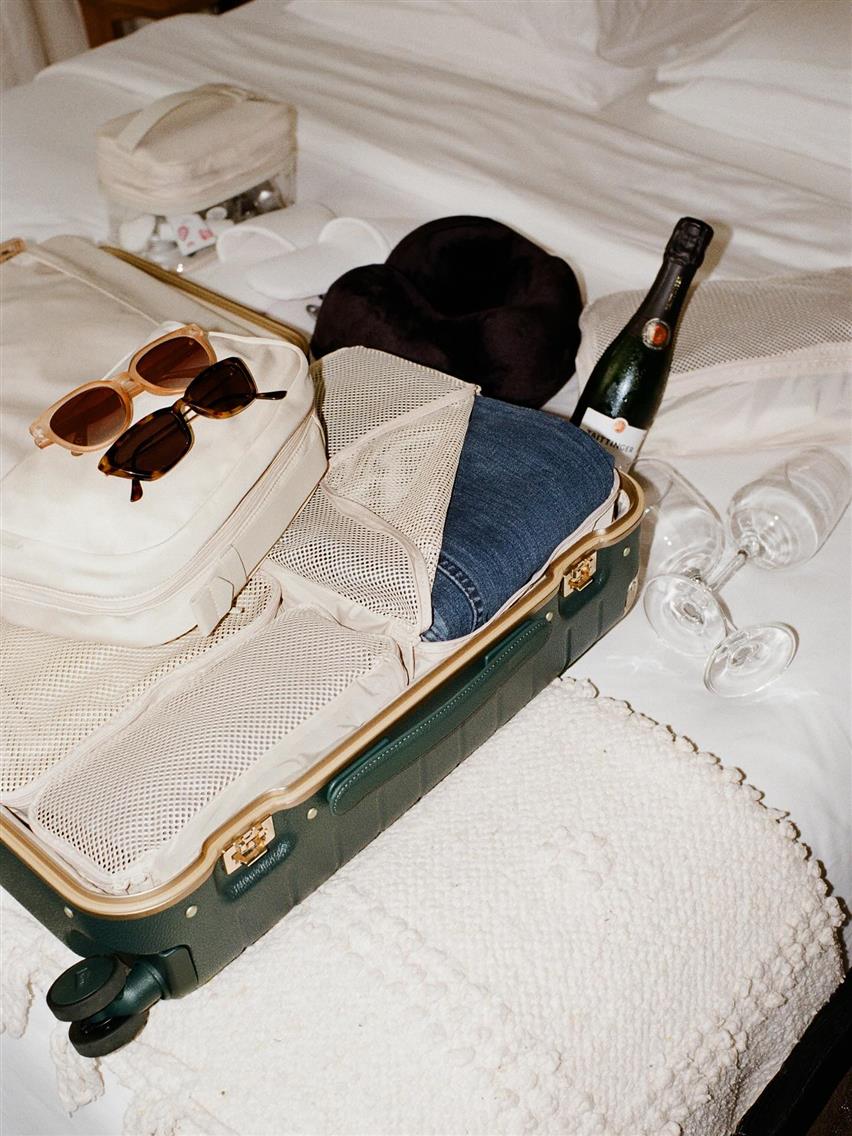
| Builds seasonal relevance without quick expiration. A.P.C. masterfully incorporates subtle seasonal cues in their bag imagery — fall foliage or spring blossoms appear as soft-focus backgrounds that create timeliness without making the content feel dated within weeks. |
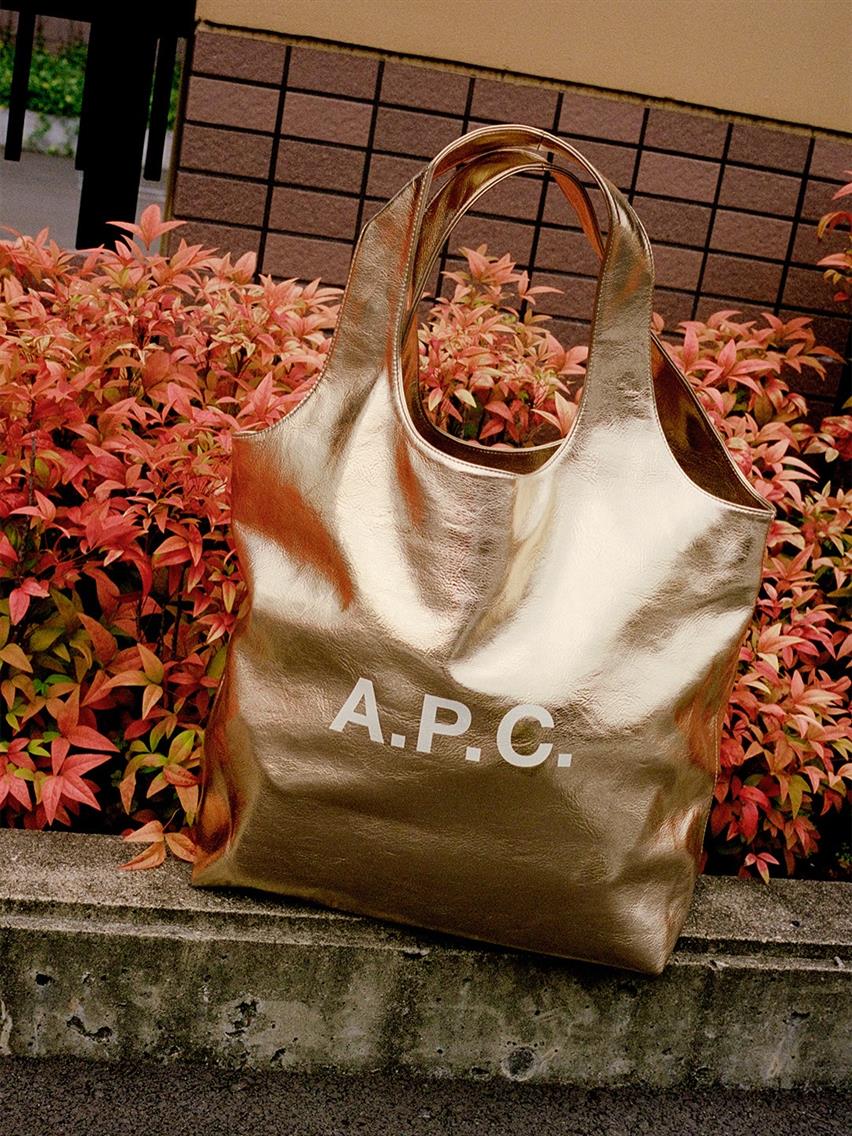 |
Establishes a consistent visual language that makes your brand instantly recognizable. Paravel maintains signature overhead compositions with distinctive color blocking across all their social imagery, creating immediate brand recognition before viewers even see their logo.
The most effective social media photography presents a consistent world your audience wants to step into, with your bags as the entry point. STAUD, Telfar, and Jacquemus are masters of this. Their Instagram content feels alive. It doesn’t always follow technical perfection, and that’s the point. It feels like a moment, not a setup.
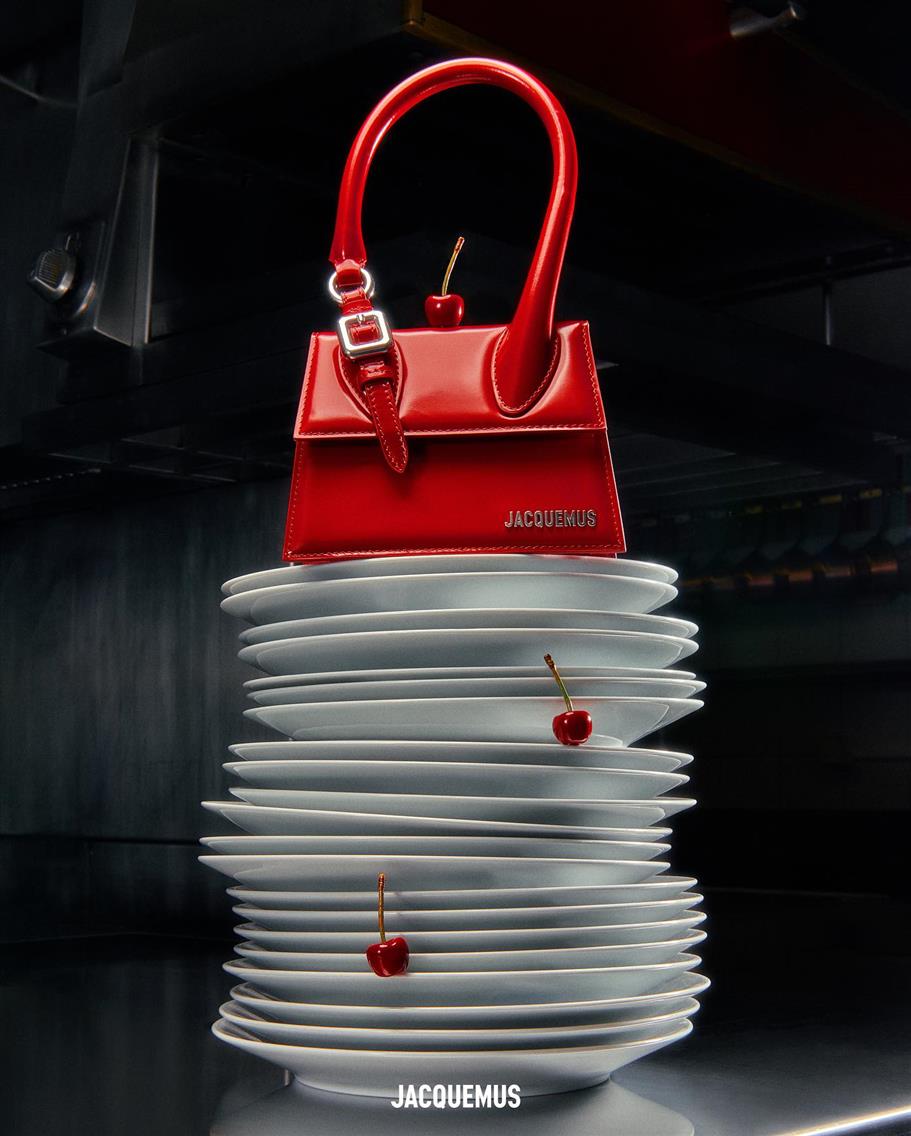
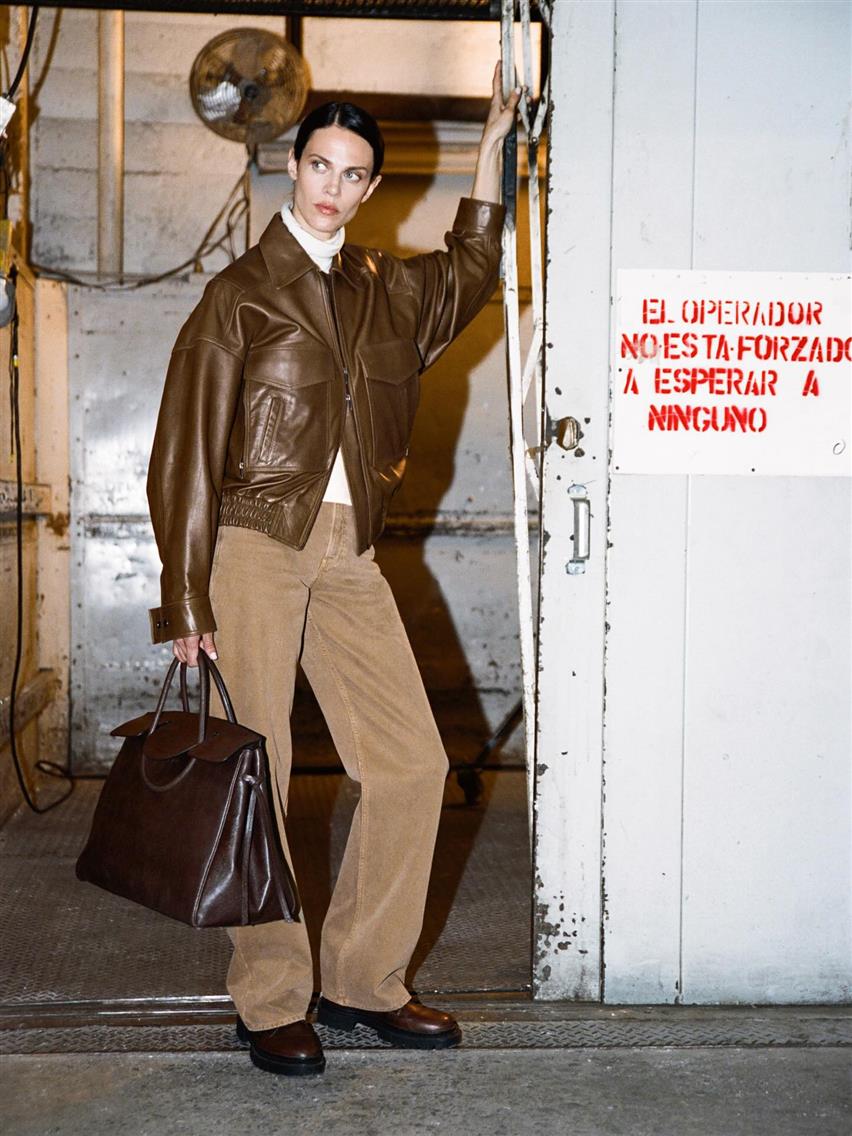
Just keep this in mind: a social photo may look “cool,” but if it doesn’t communicate the material, scale, or function of the bag, it could be confusing for viewers. Find the line between expressive and empty.
Investing in Professional Handbag Photography
Mastering handbag photography across e-commerce, marketplaces, and social media is about building a visual system that drives sales, reduces returns, and creates lasting brand recognition. From the technical precision required for marketplace compliance to the creative storytelling that makes social media scroll-stopping, each platform demands its own strategic approach.
The investment in professional bag photography pays dividends through higher conversion rates, reduced return rates, improved marketplace rankings, and increased social media engagement. In a market where visual content determines success, exceptional photography is the competitive advantage that separates thriving brands from those that get scrolled past.
